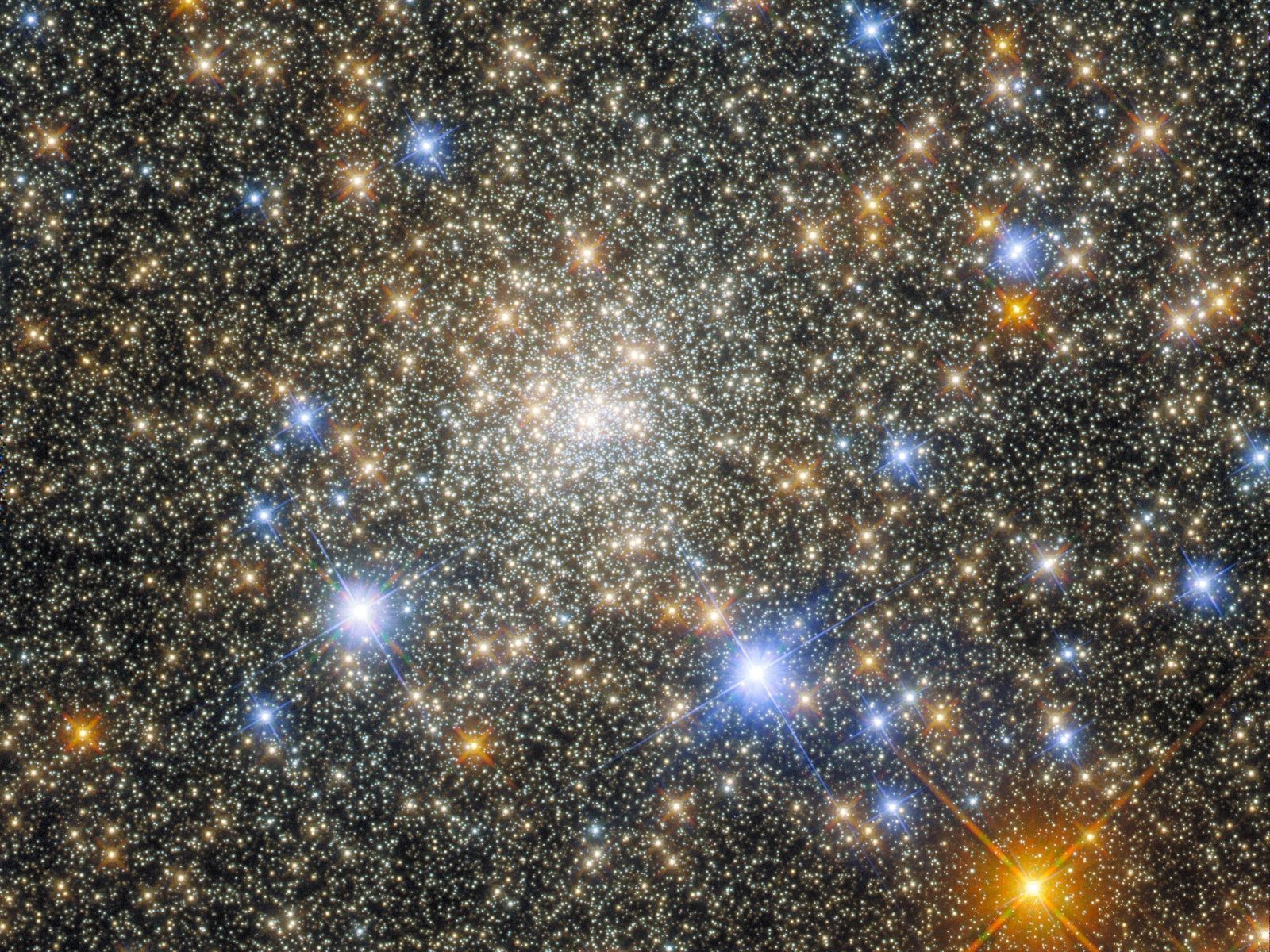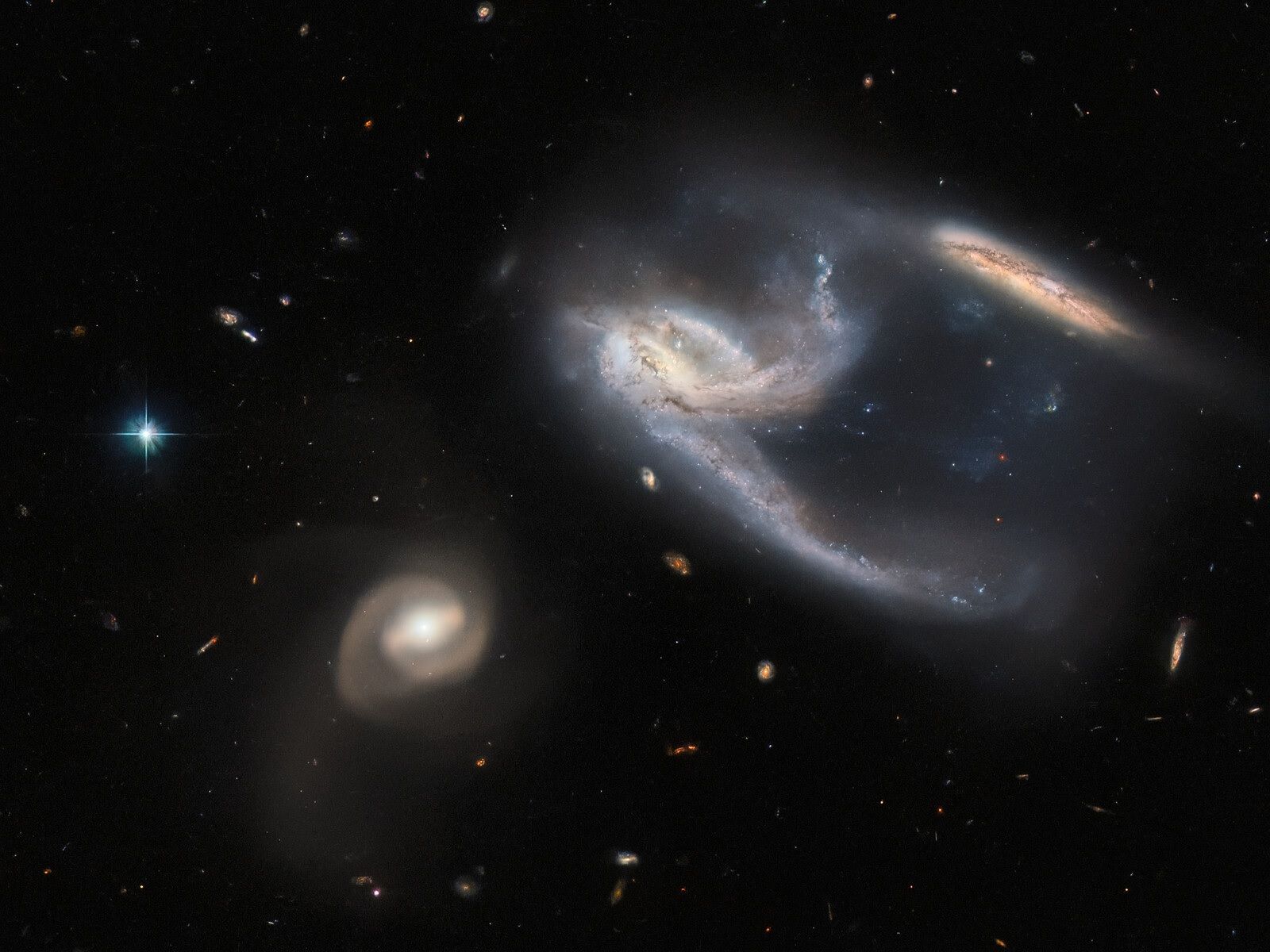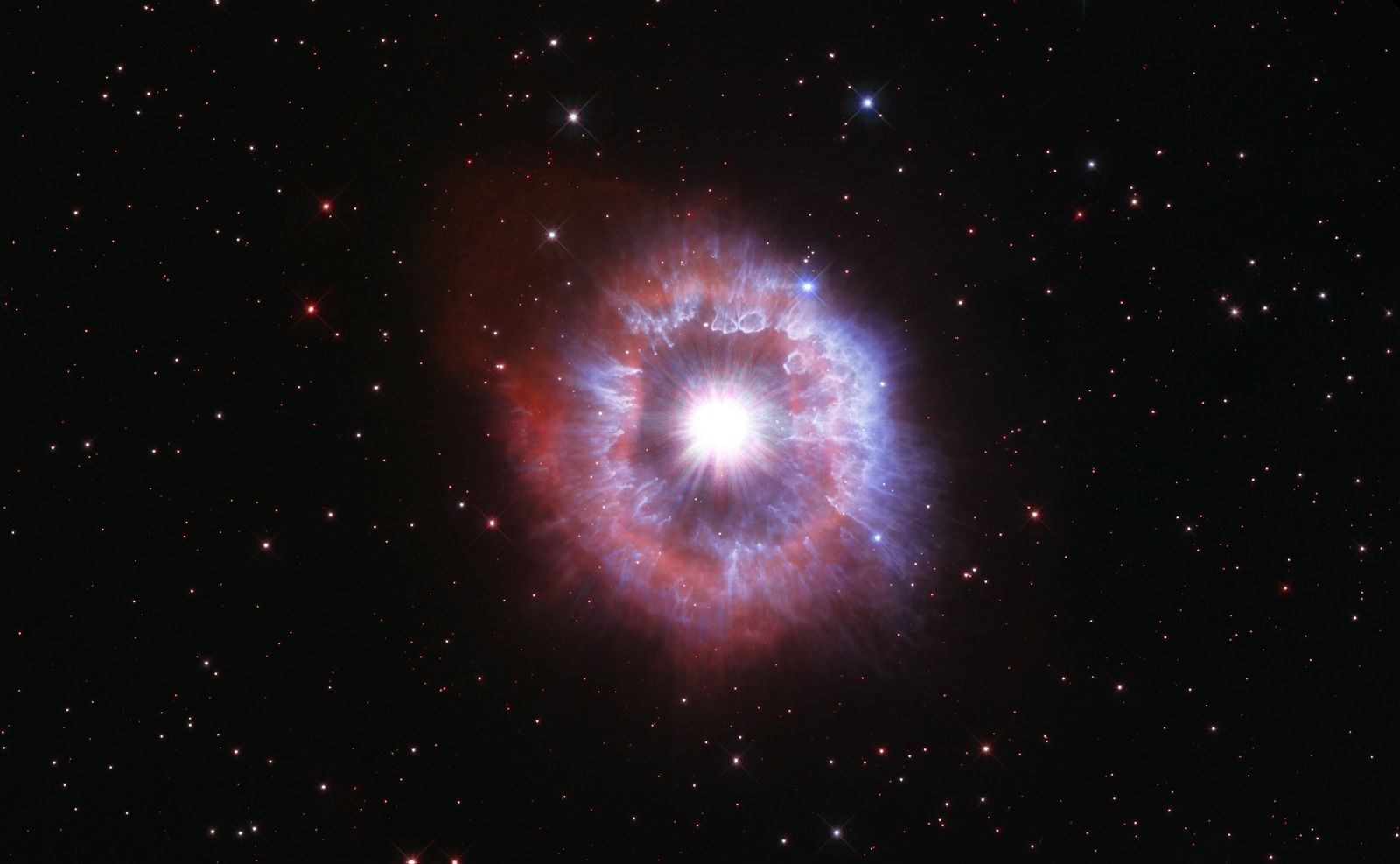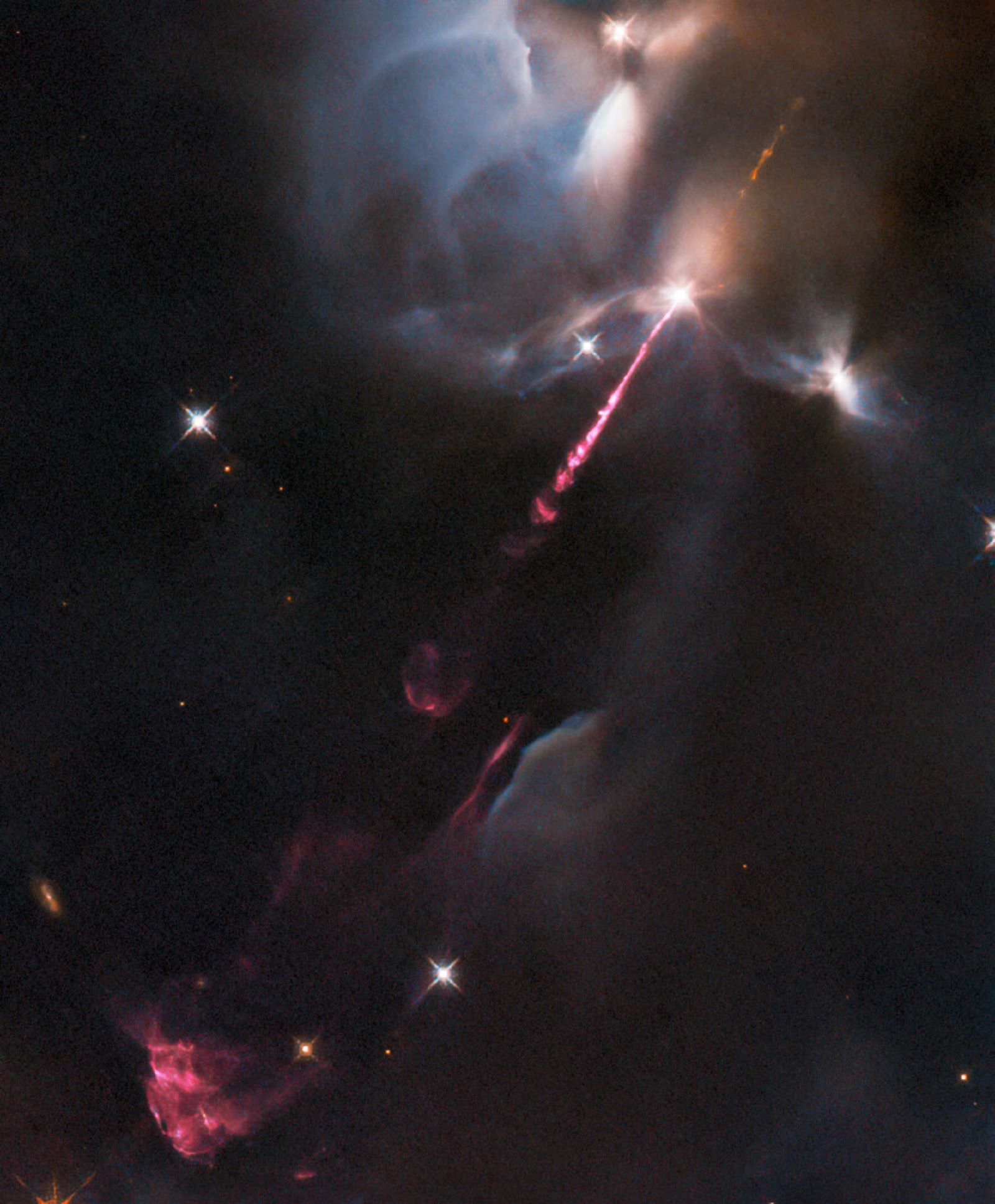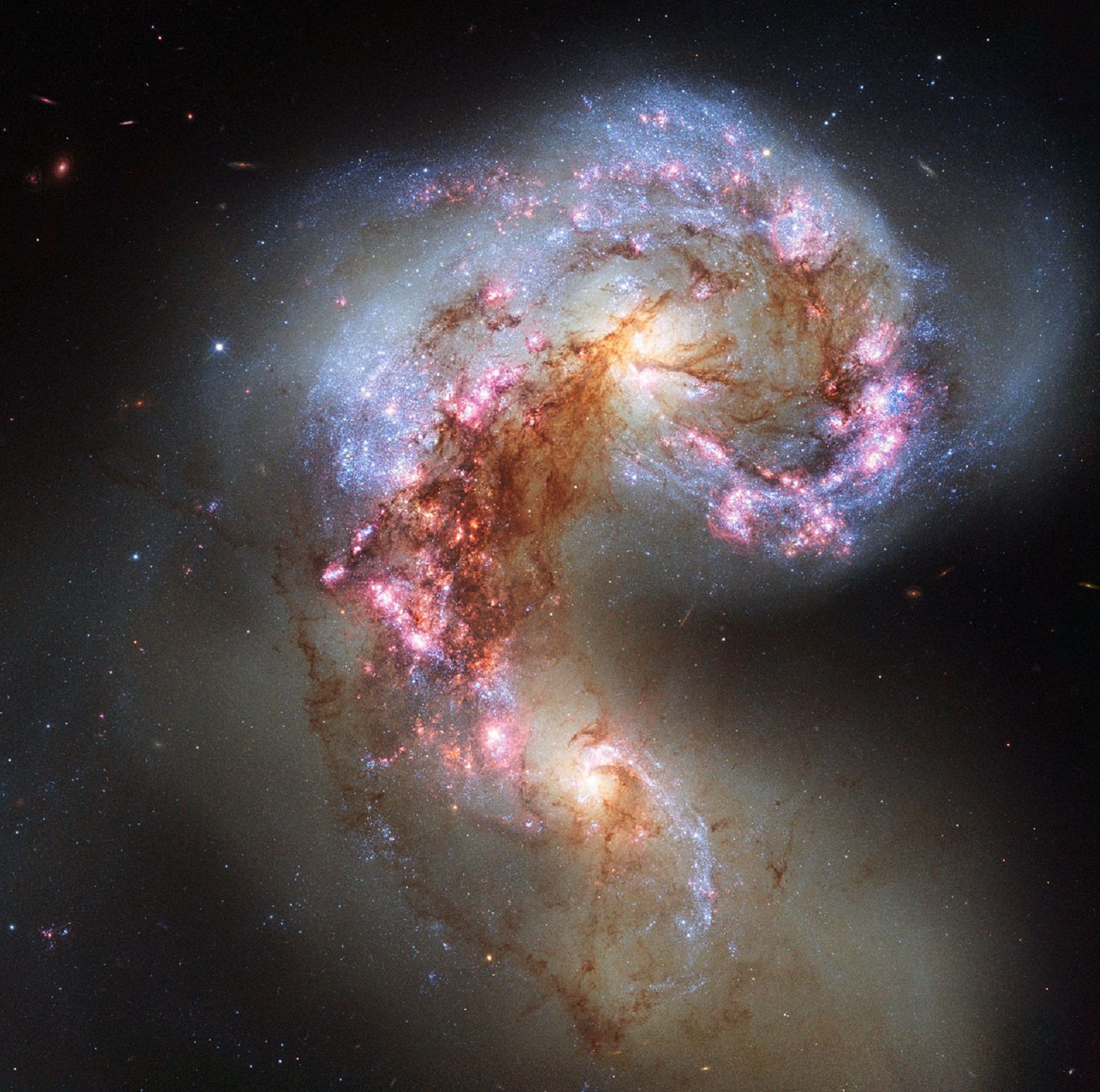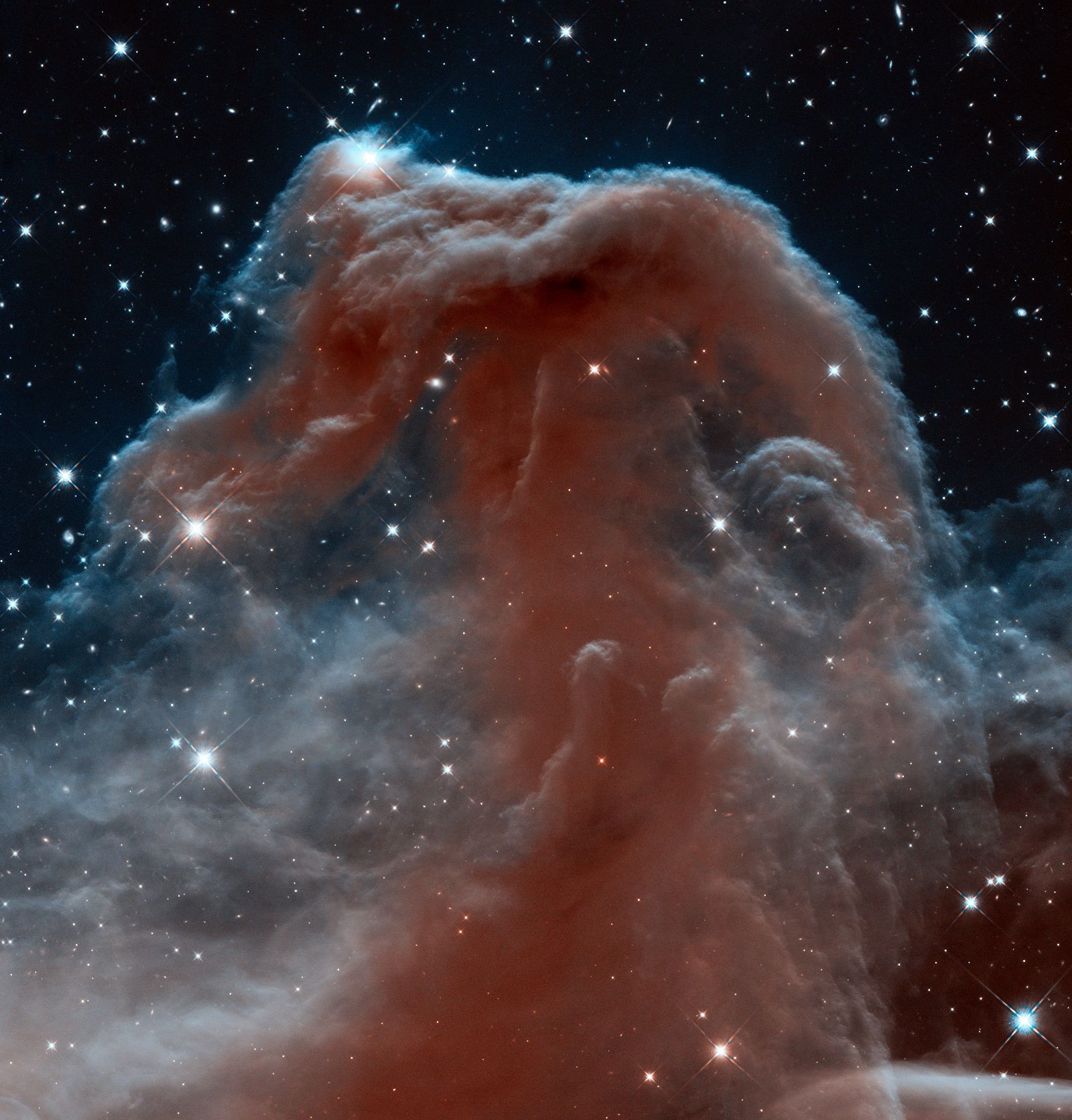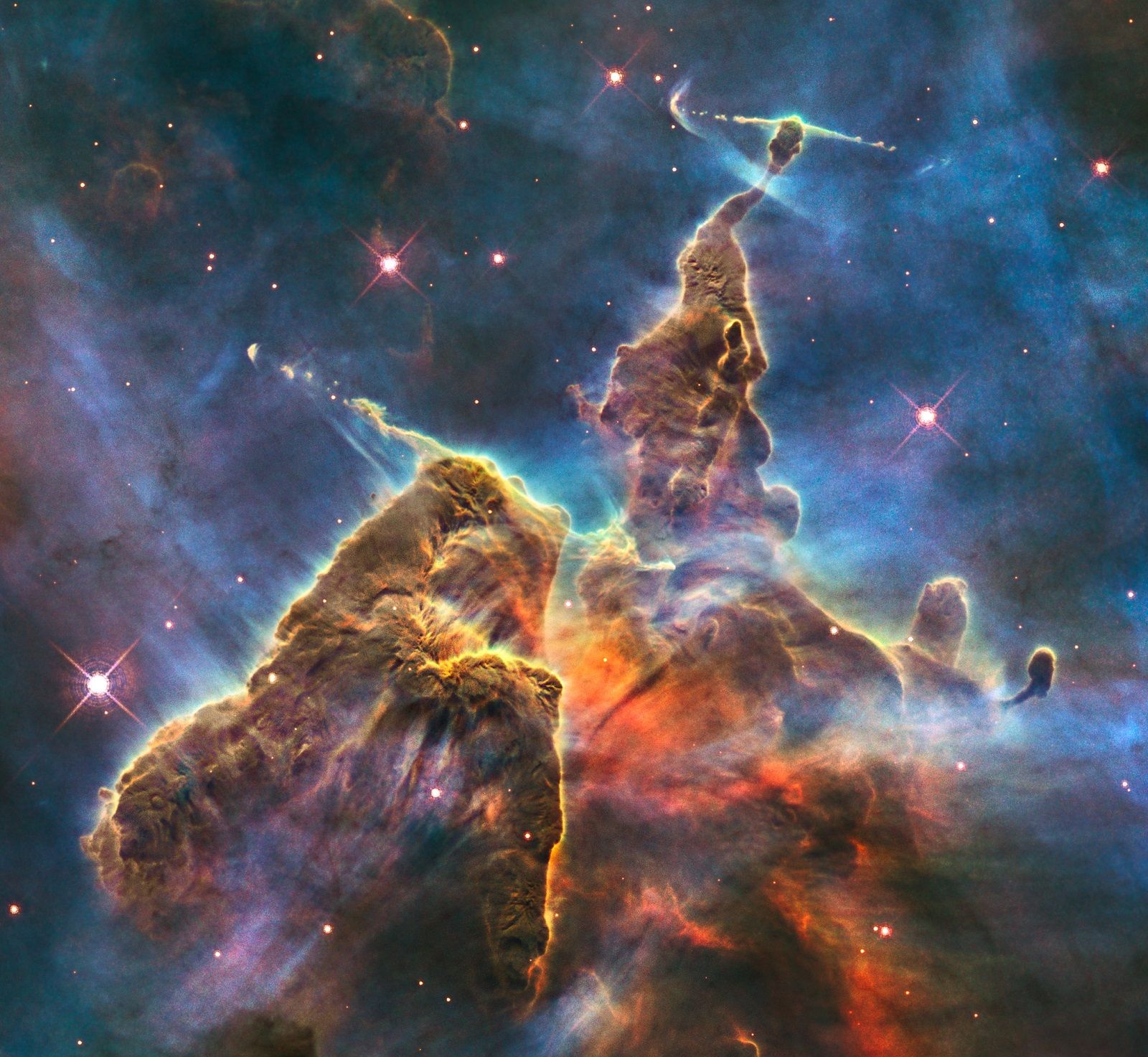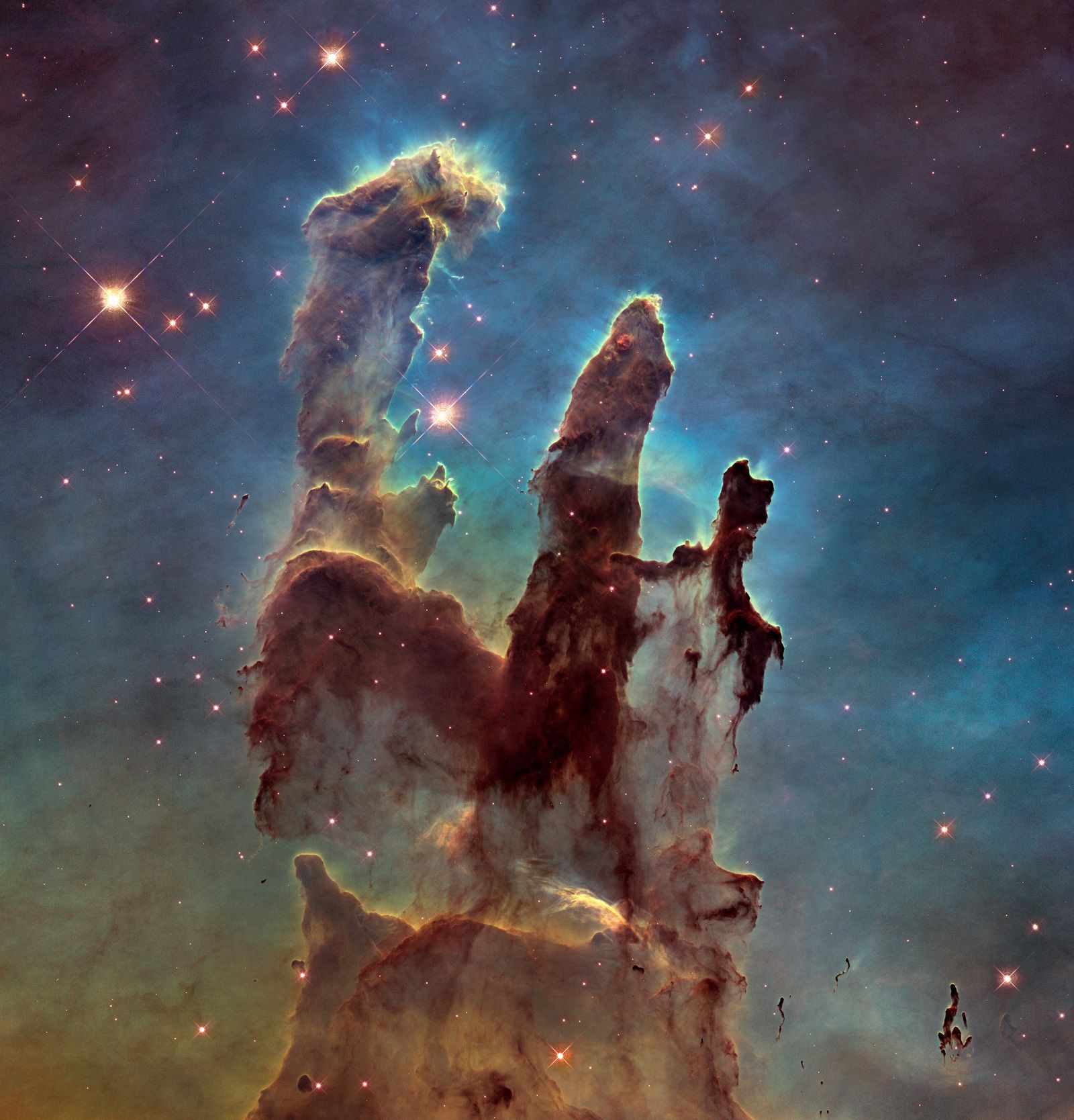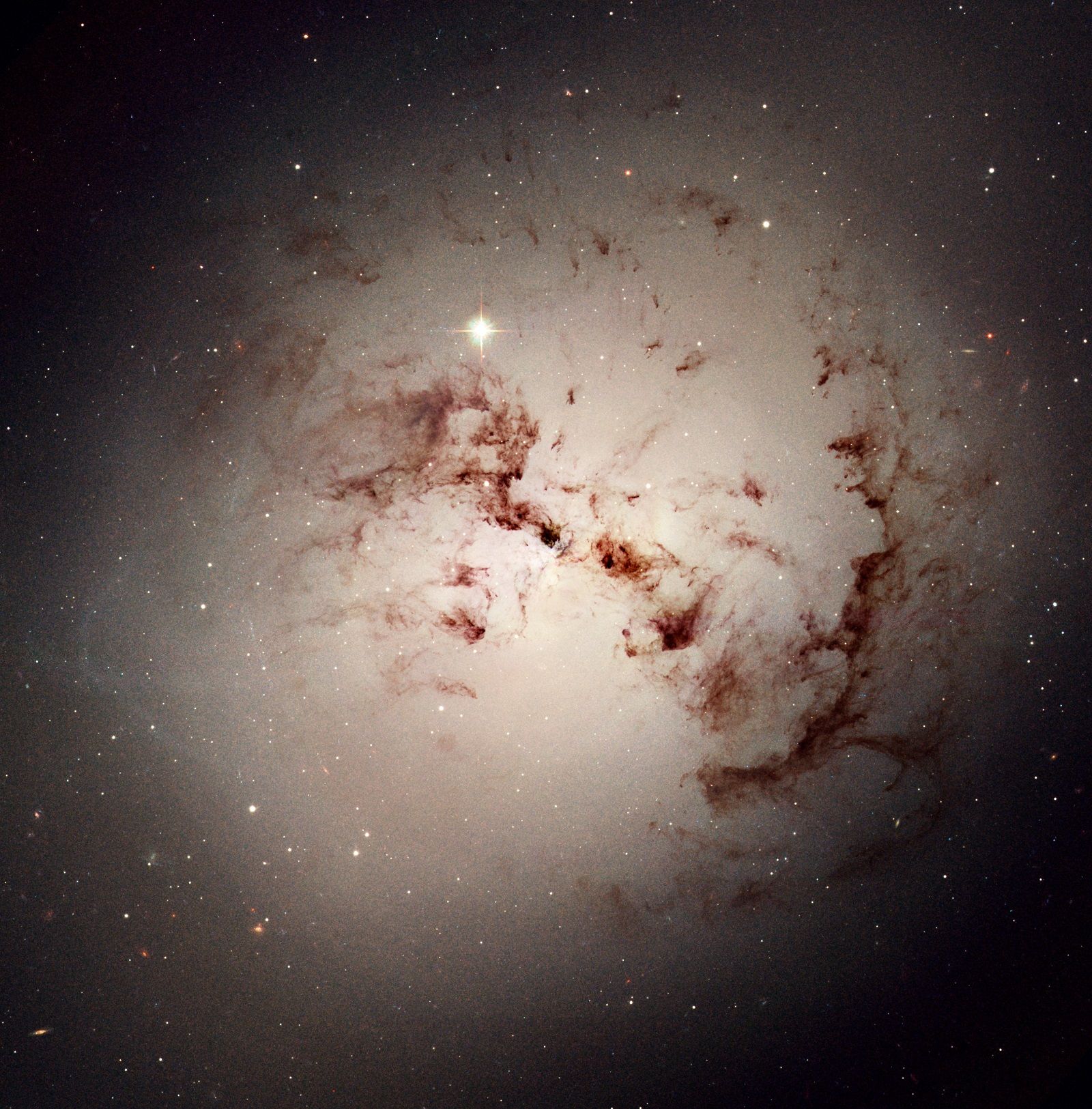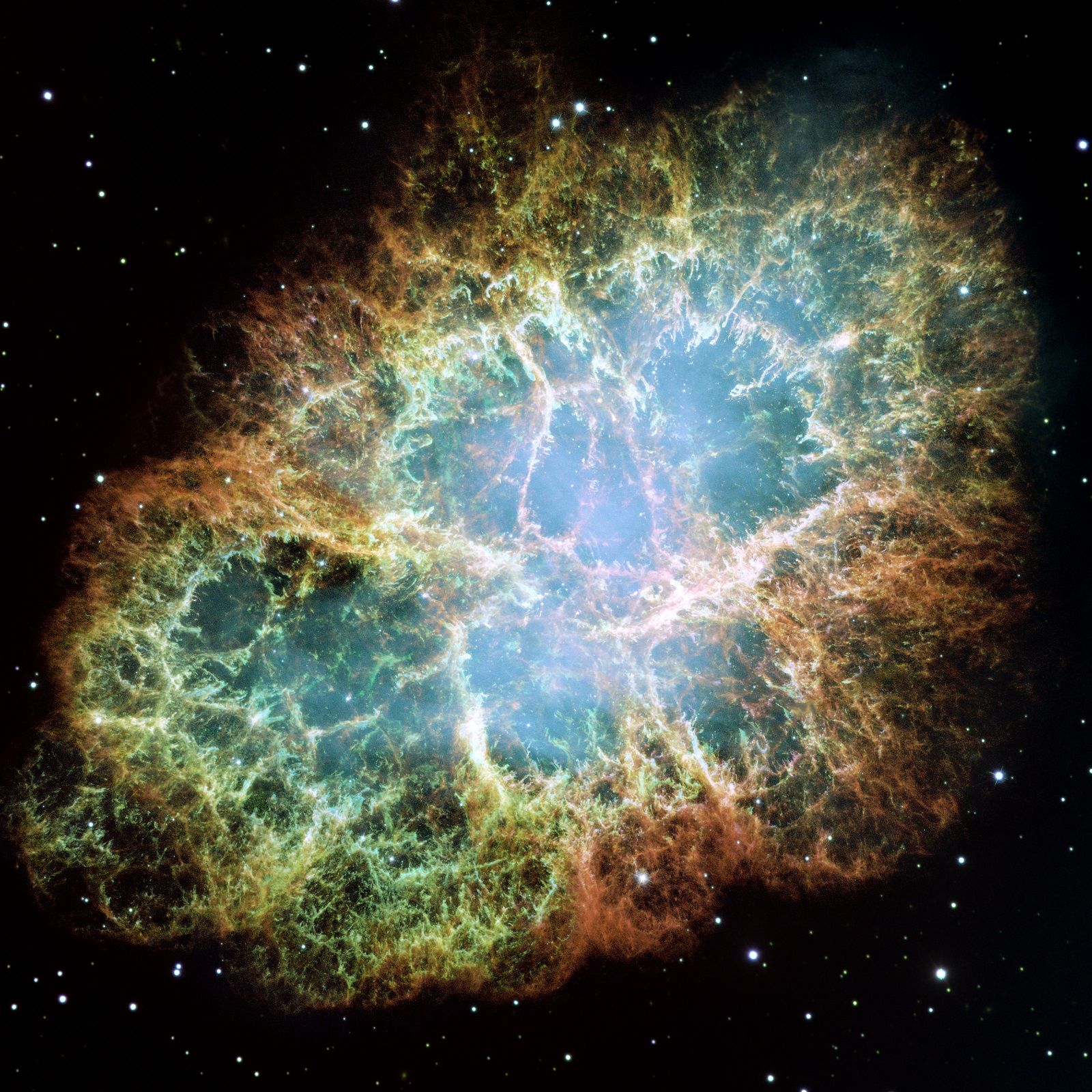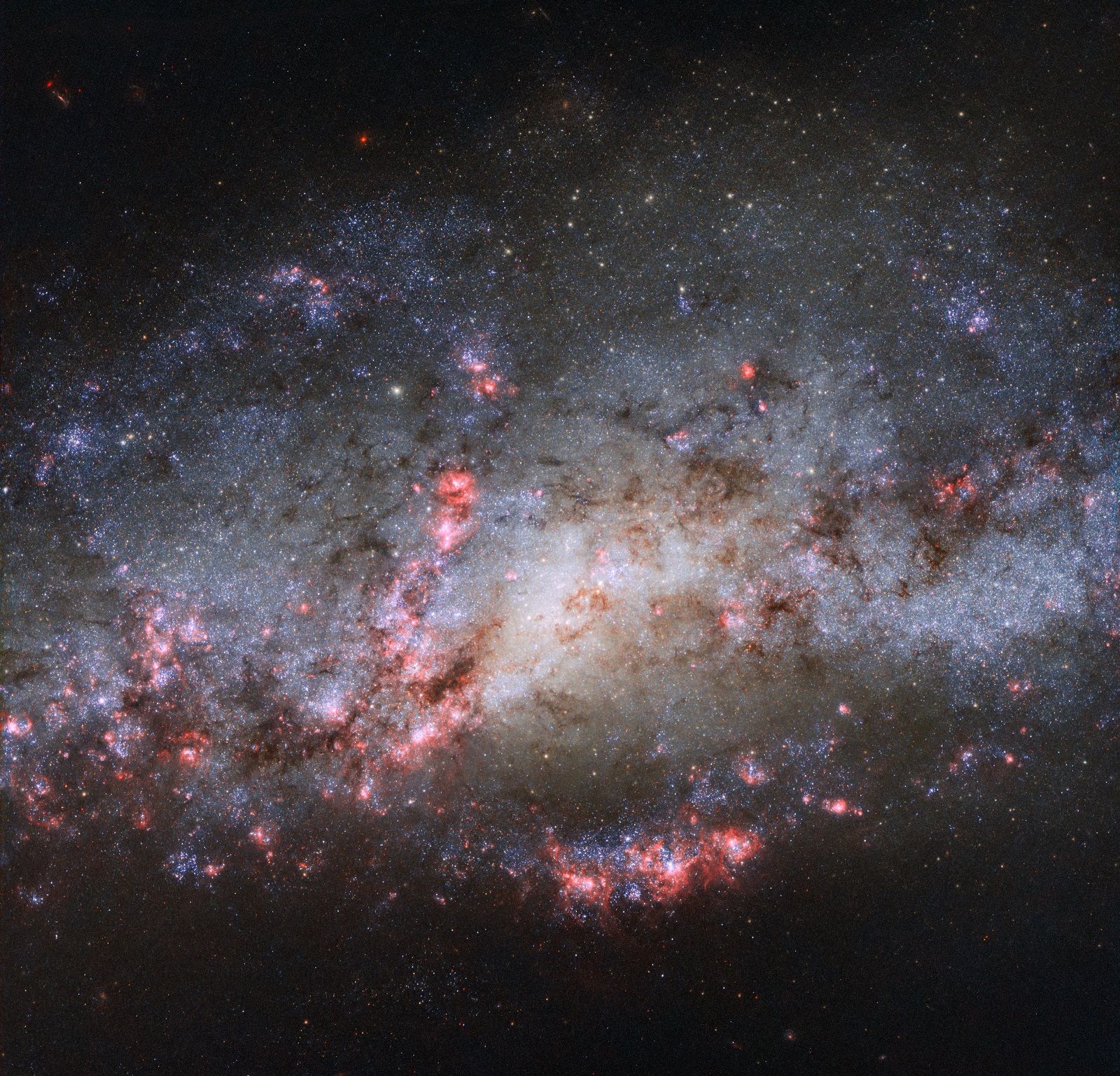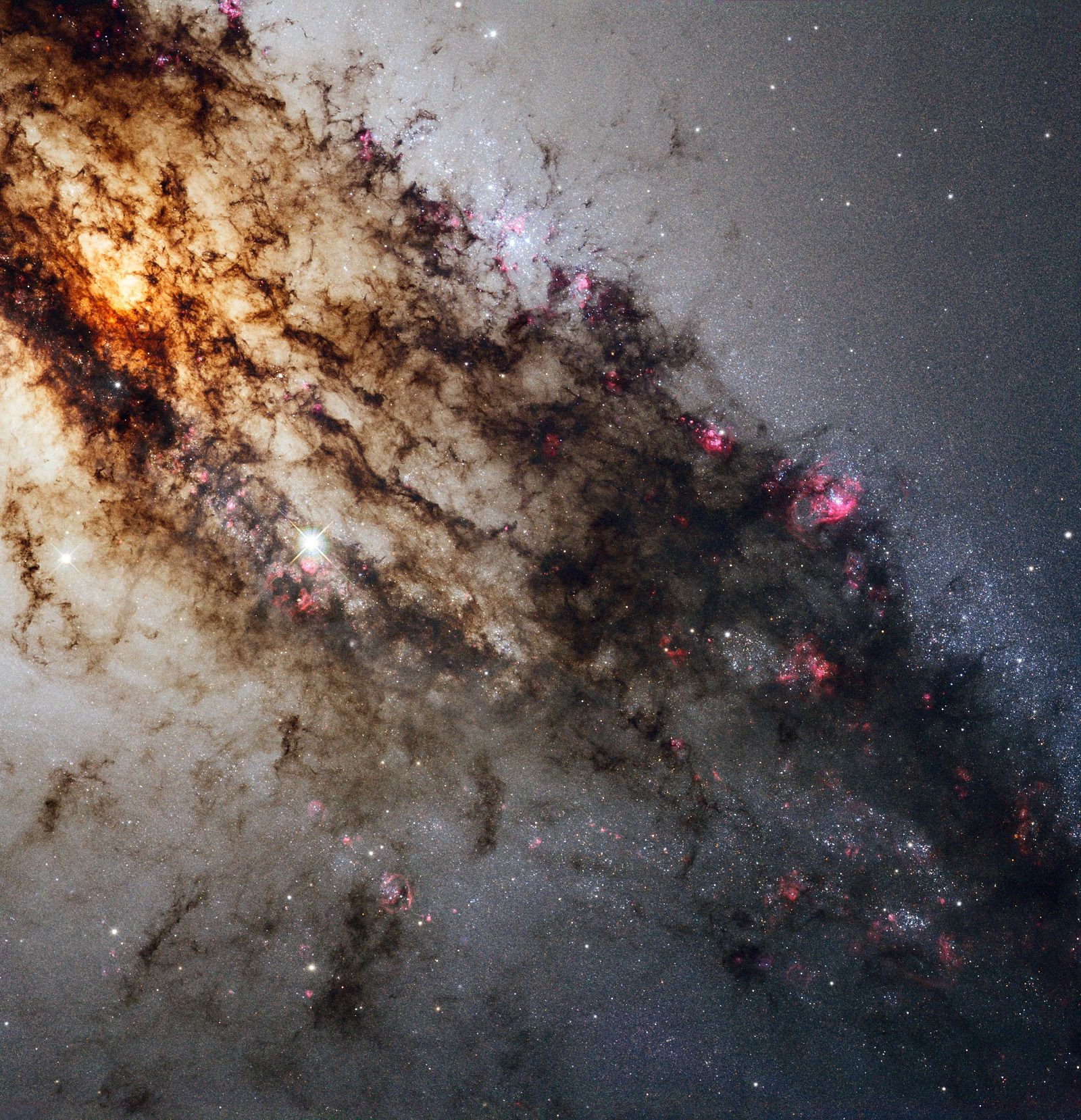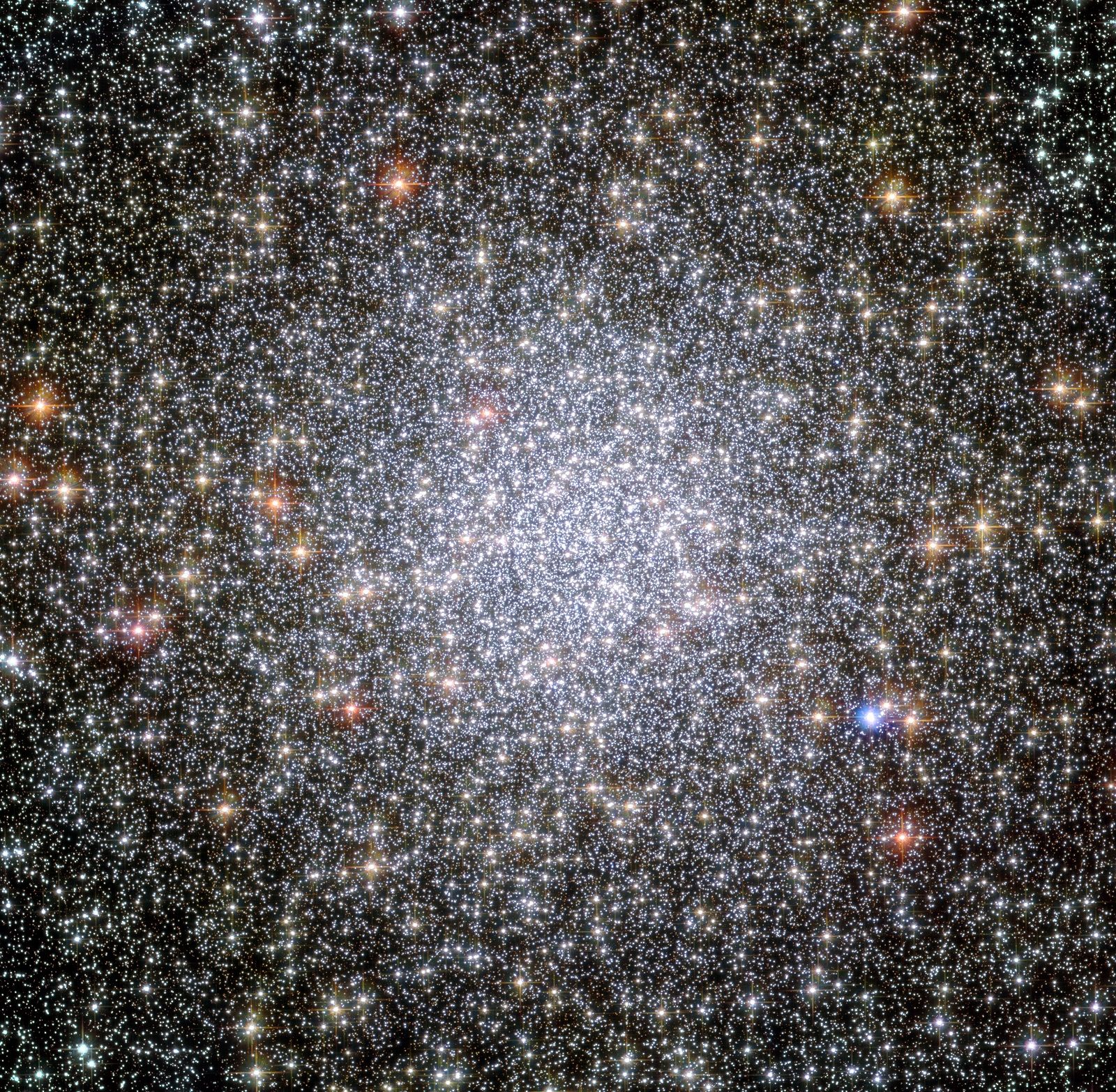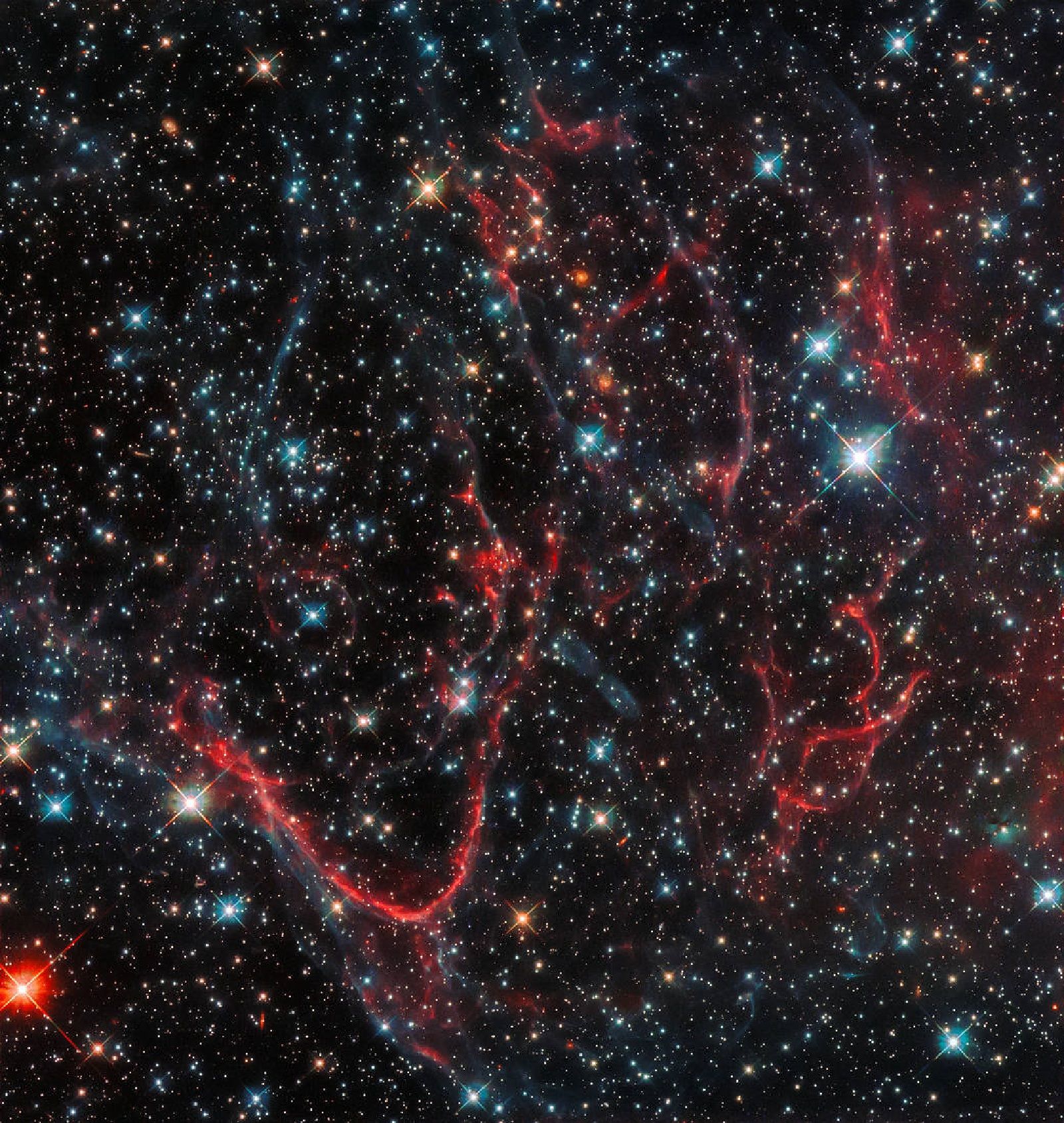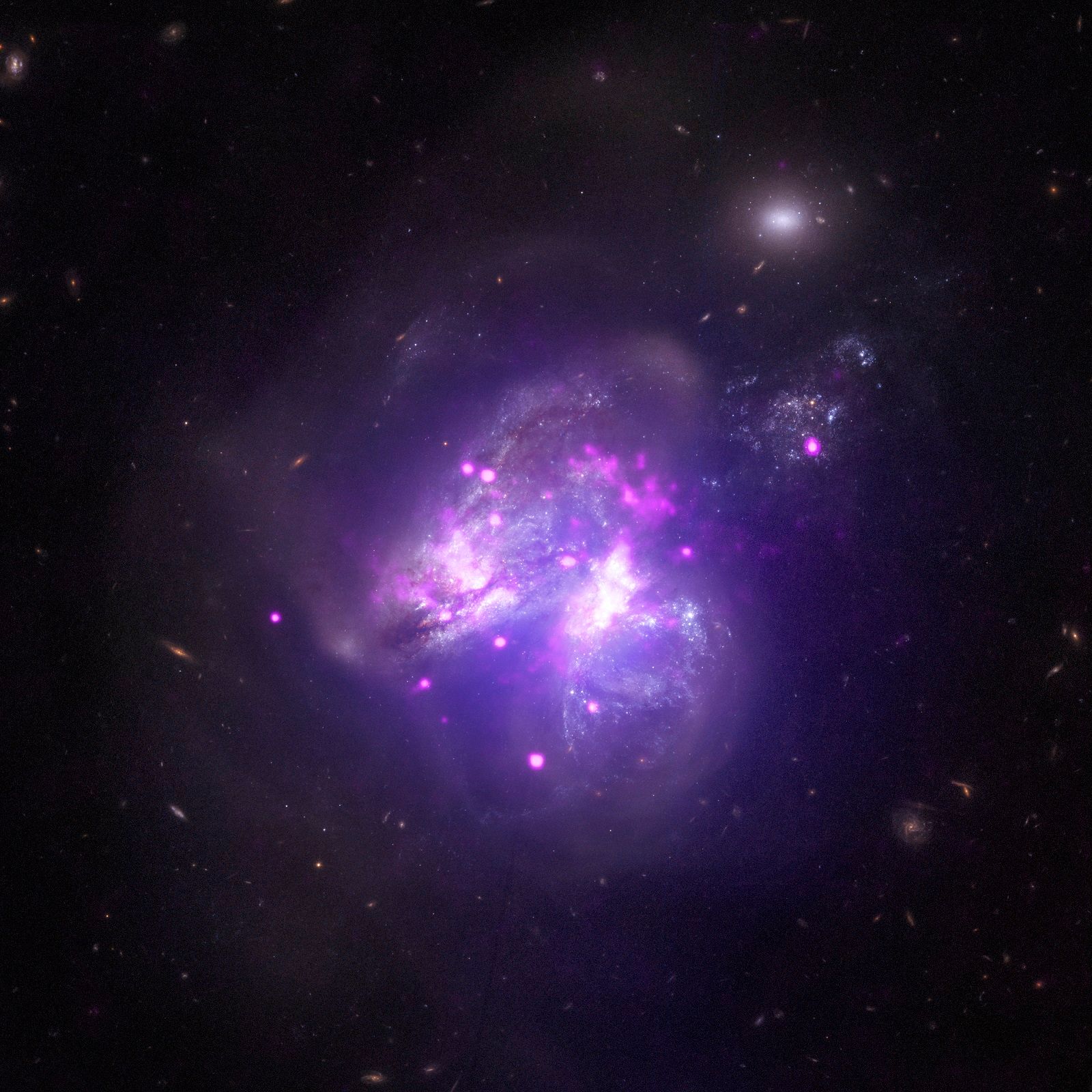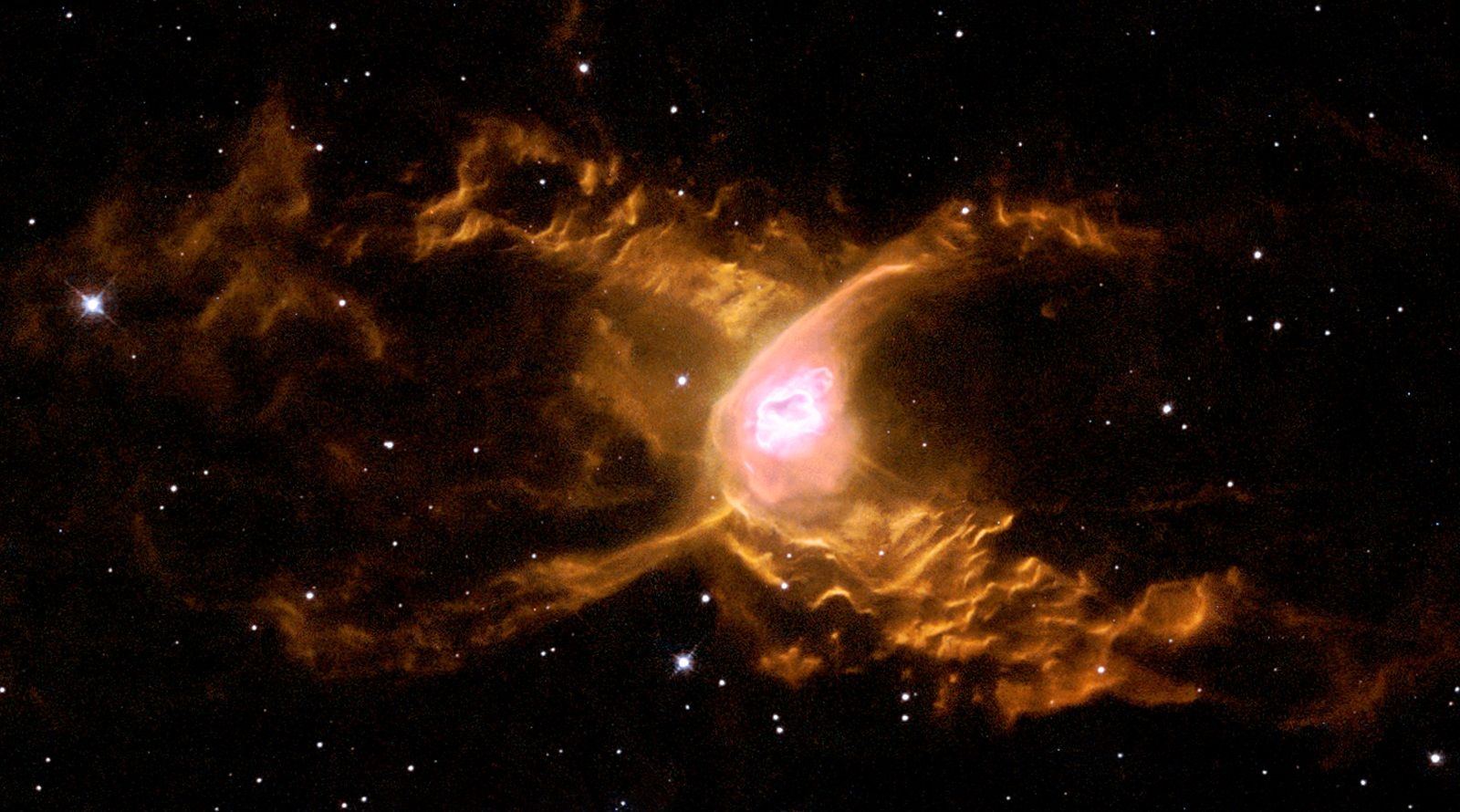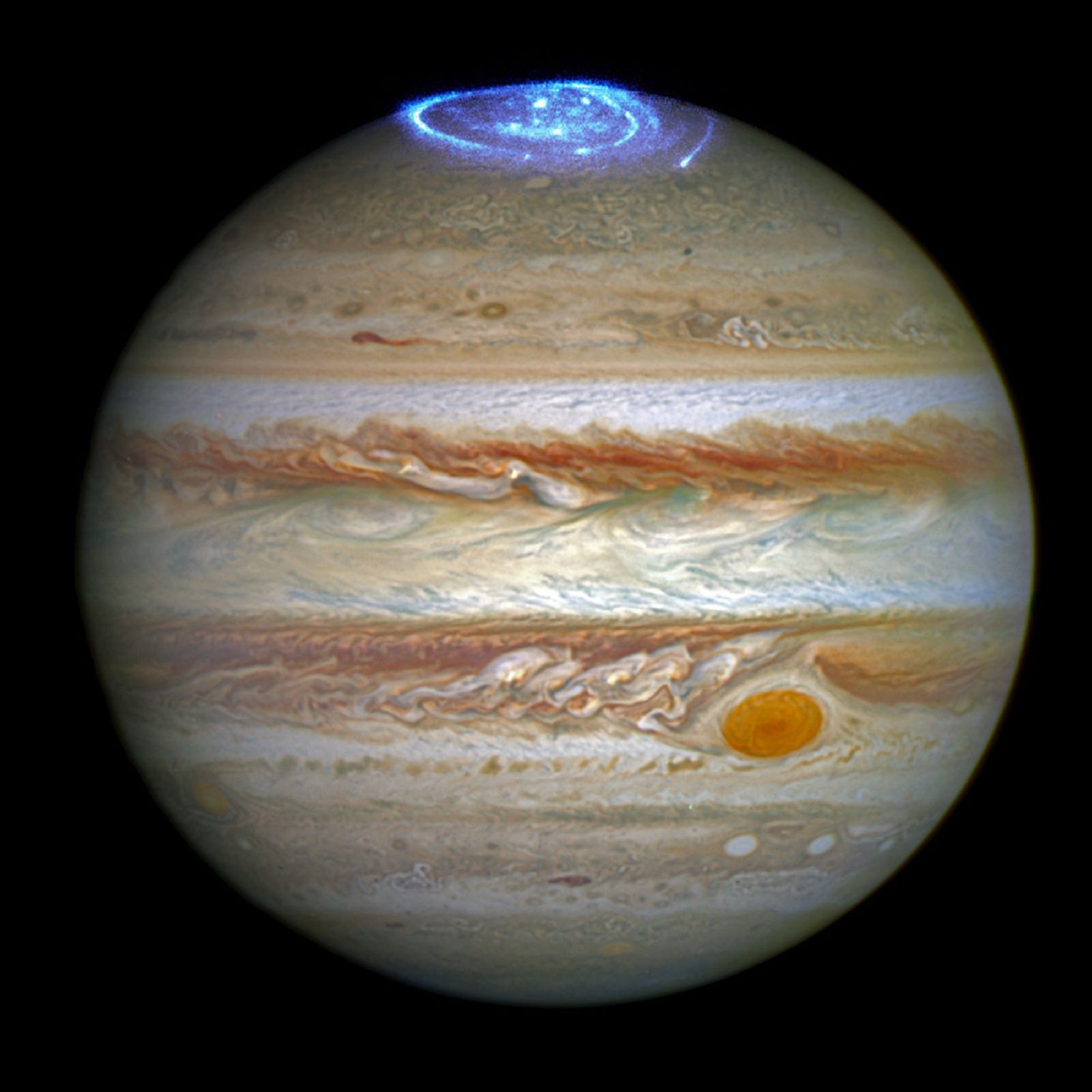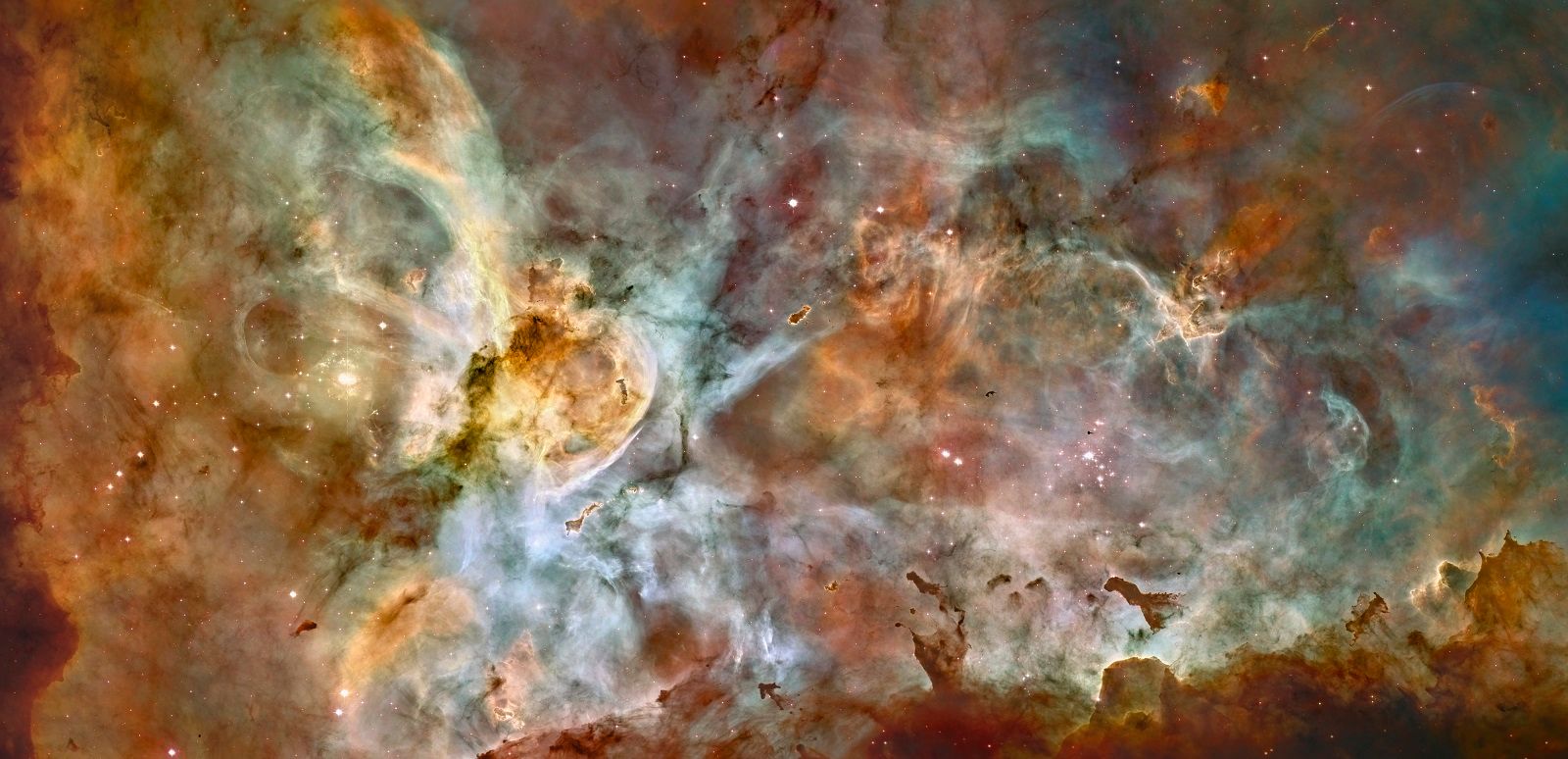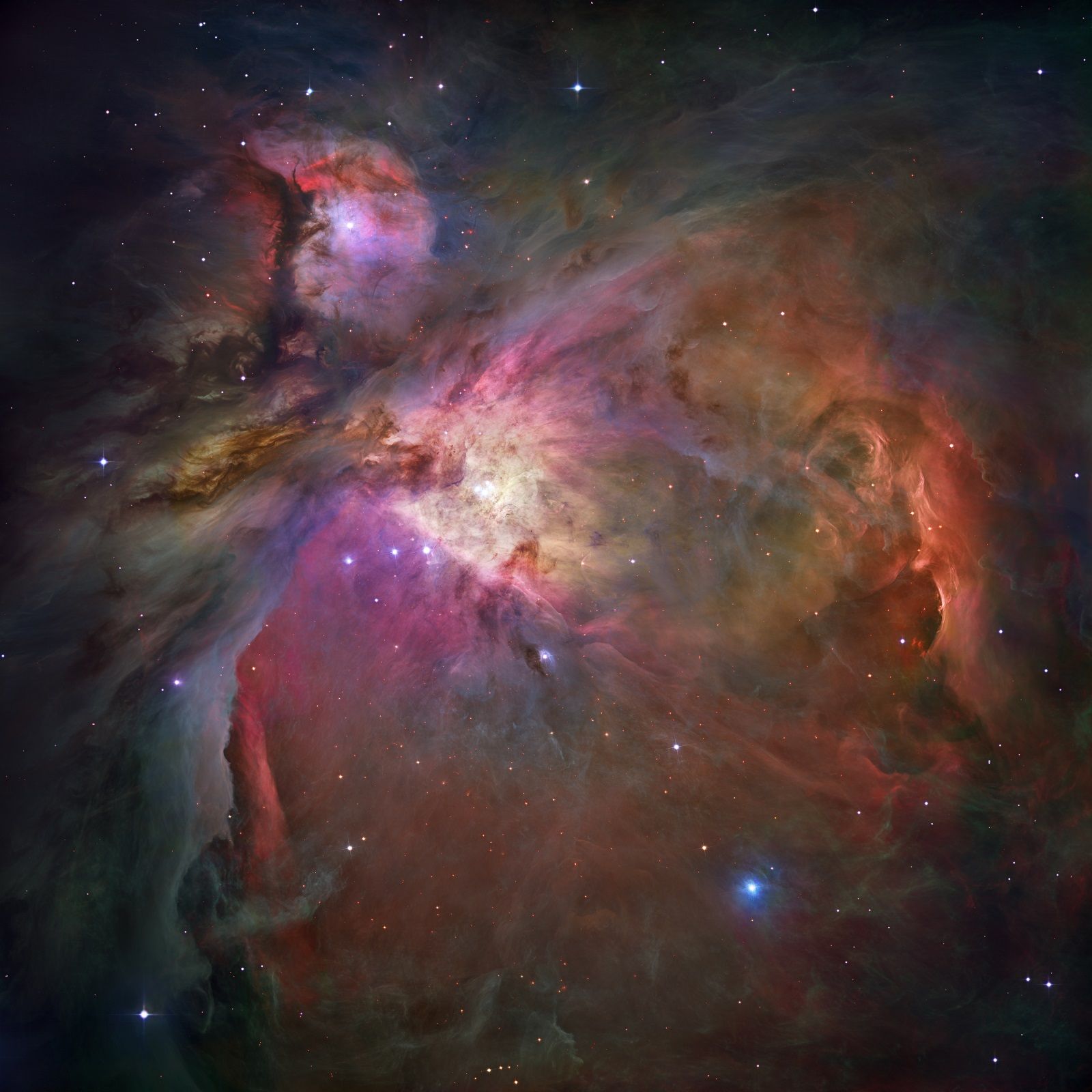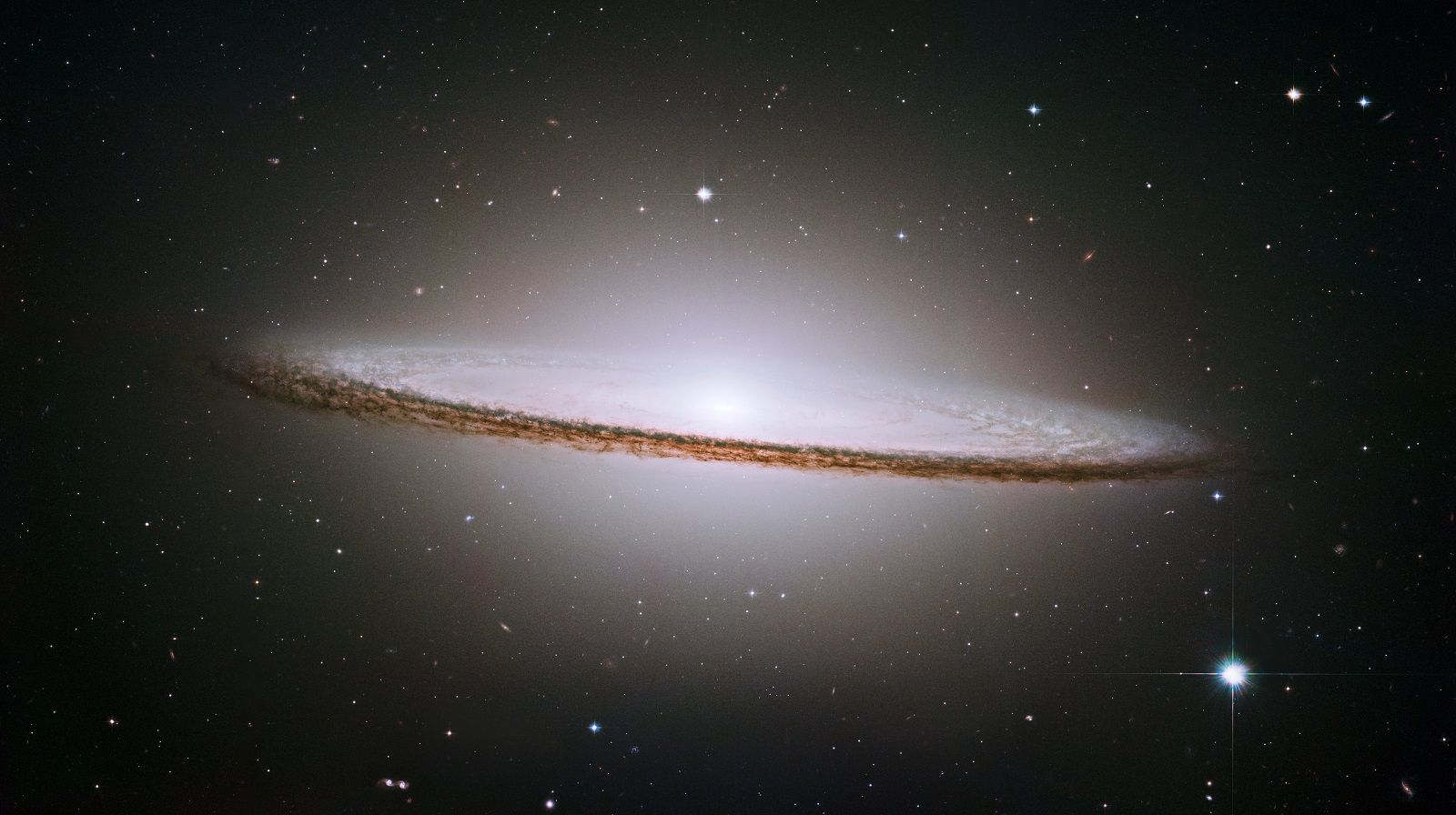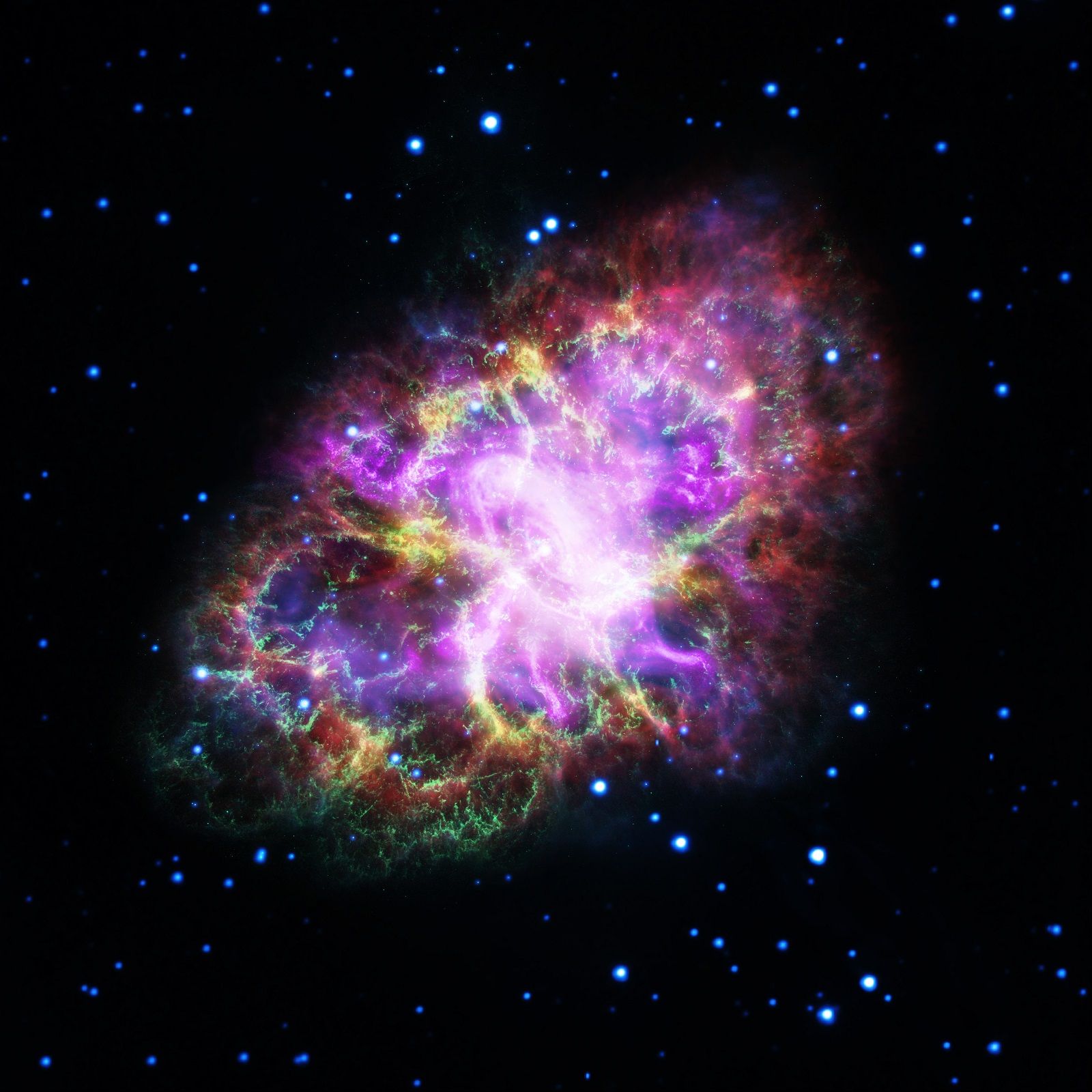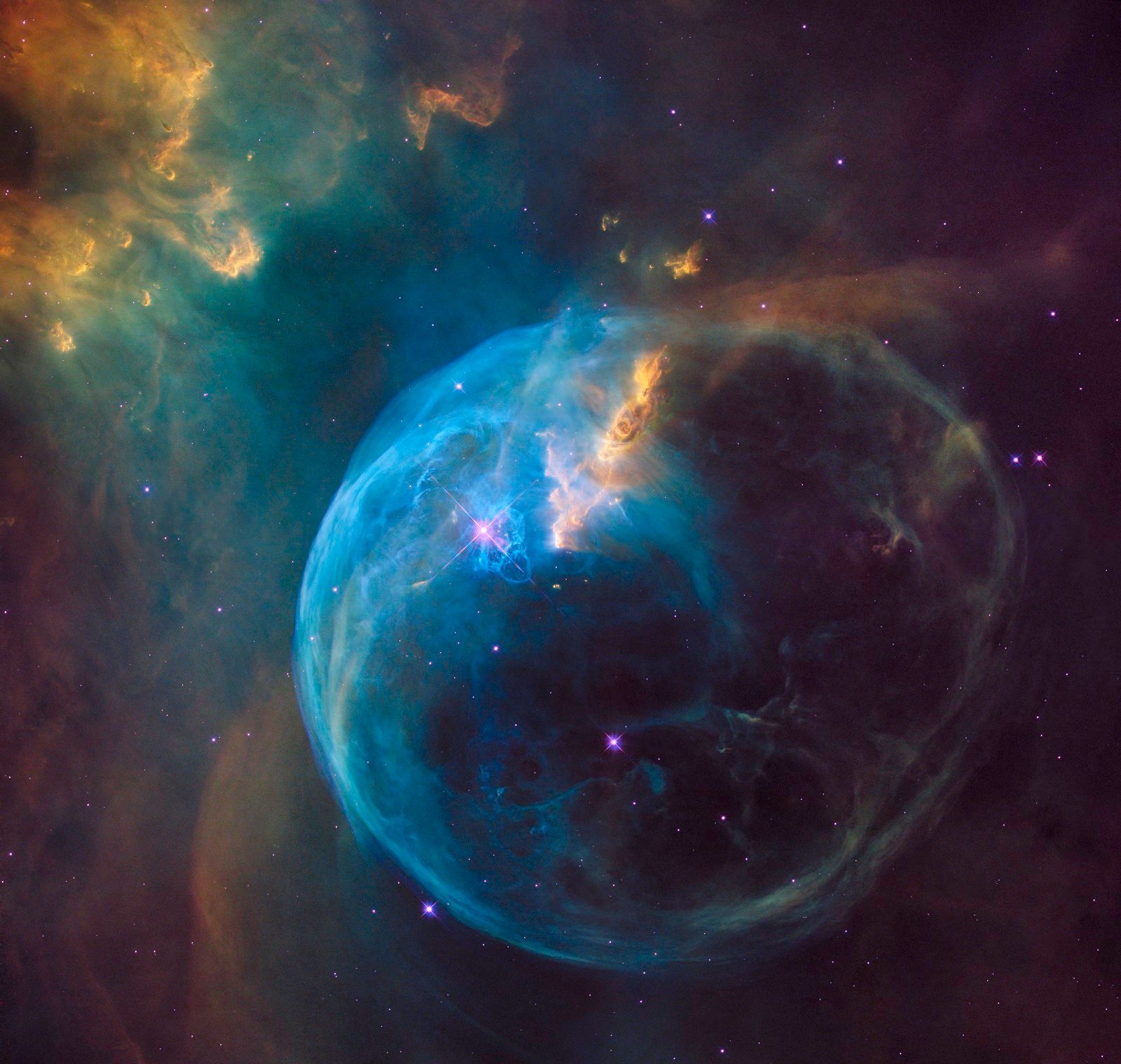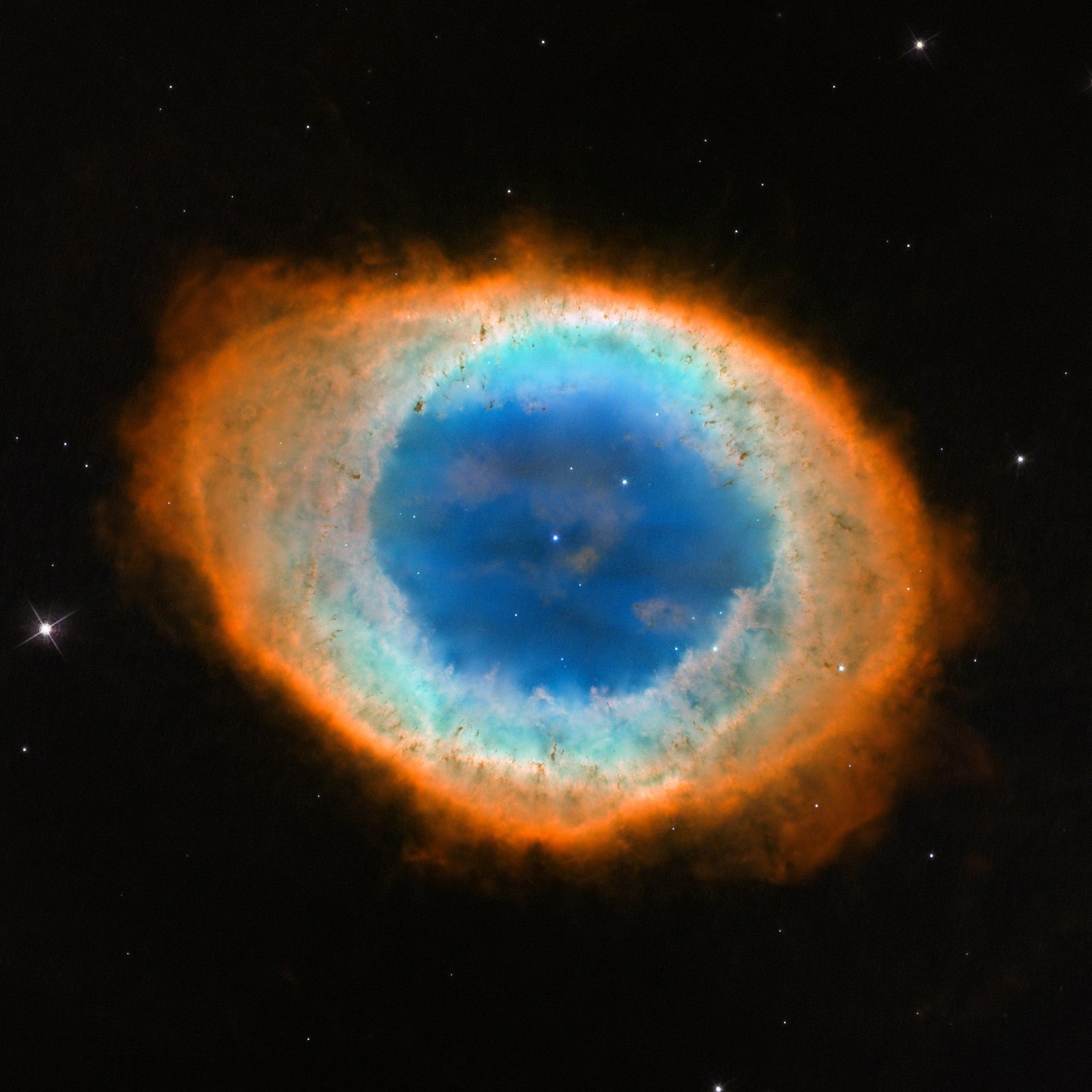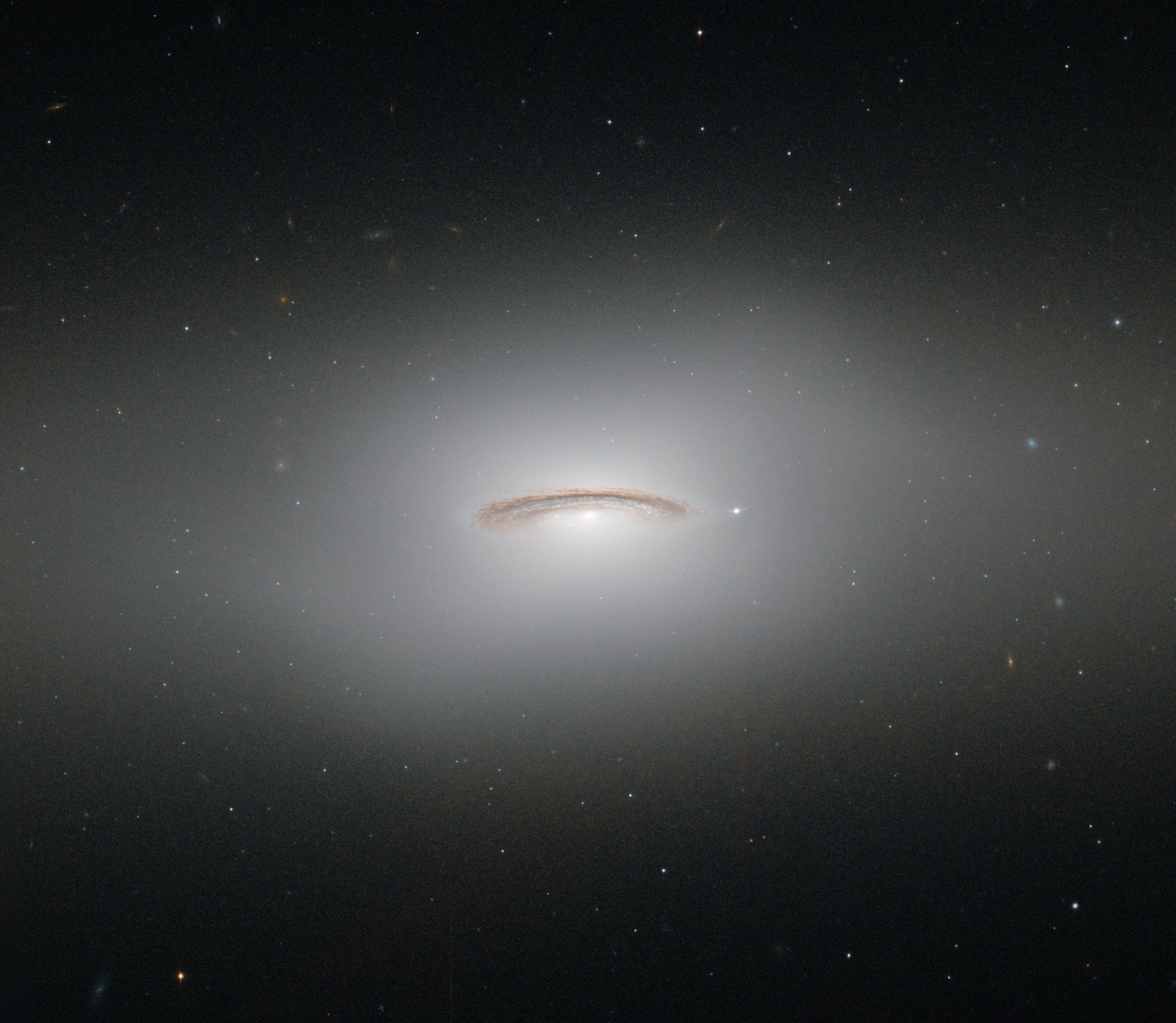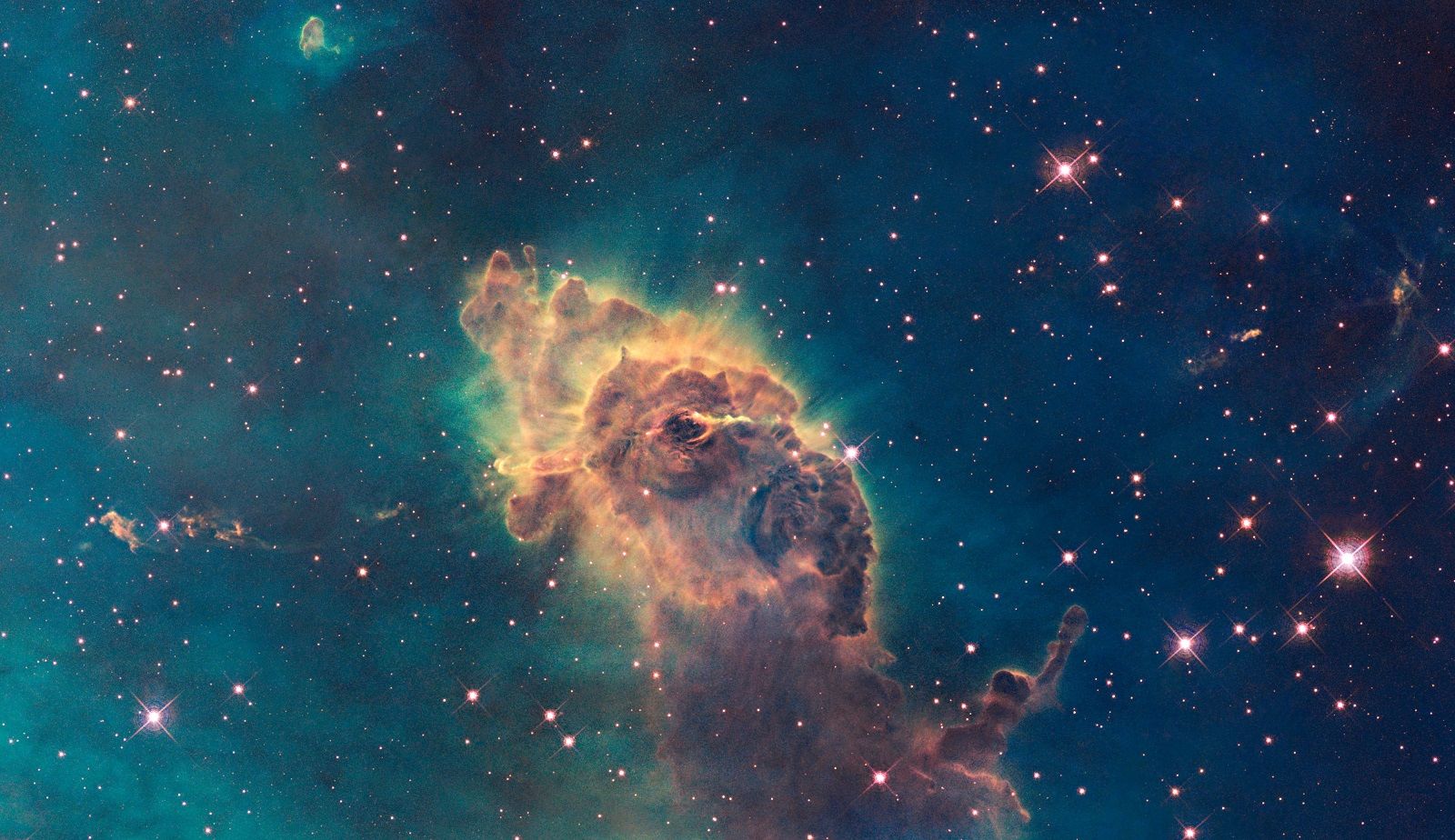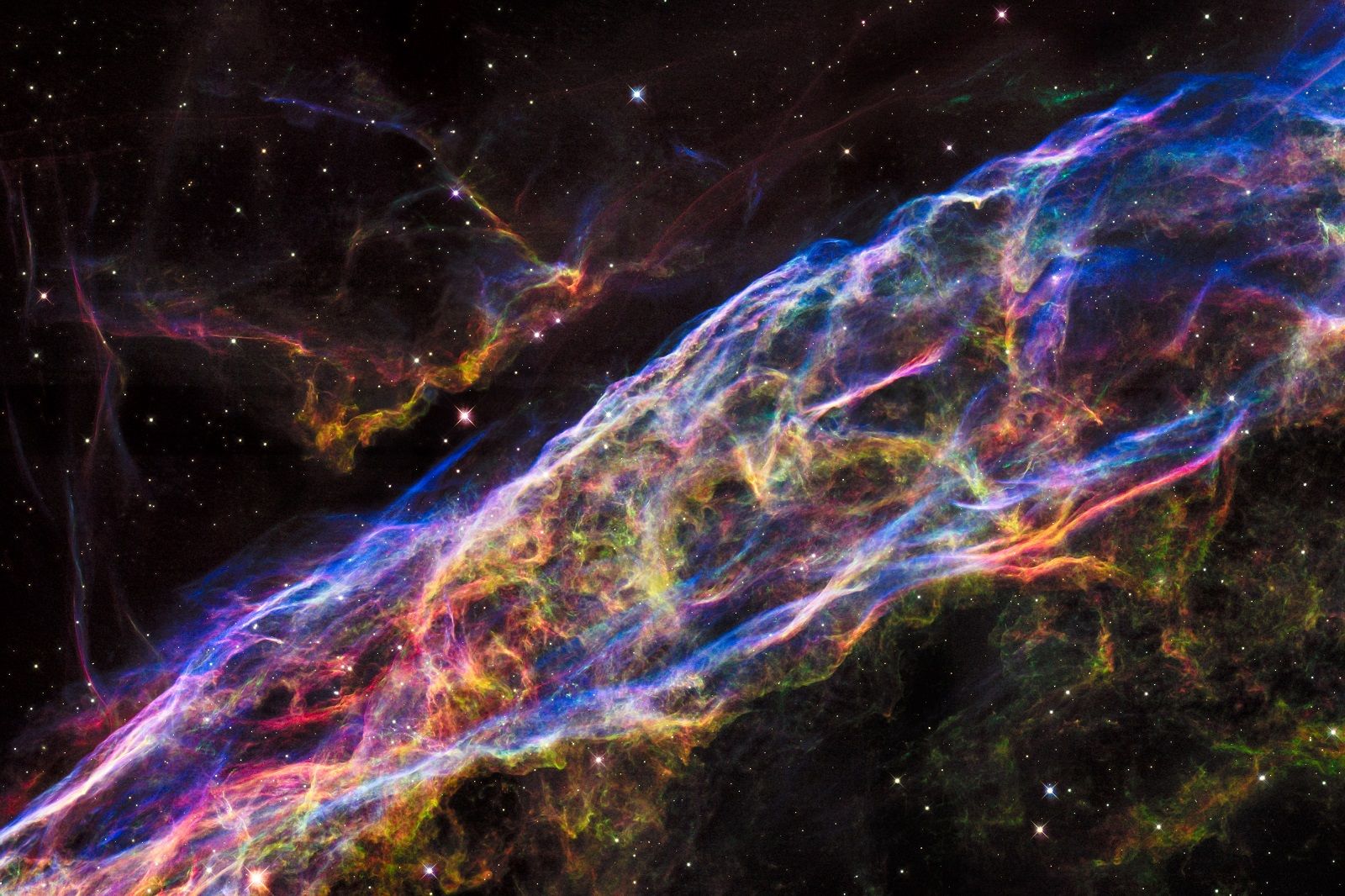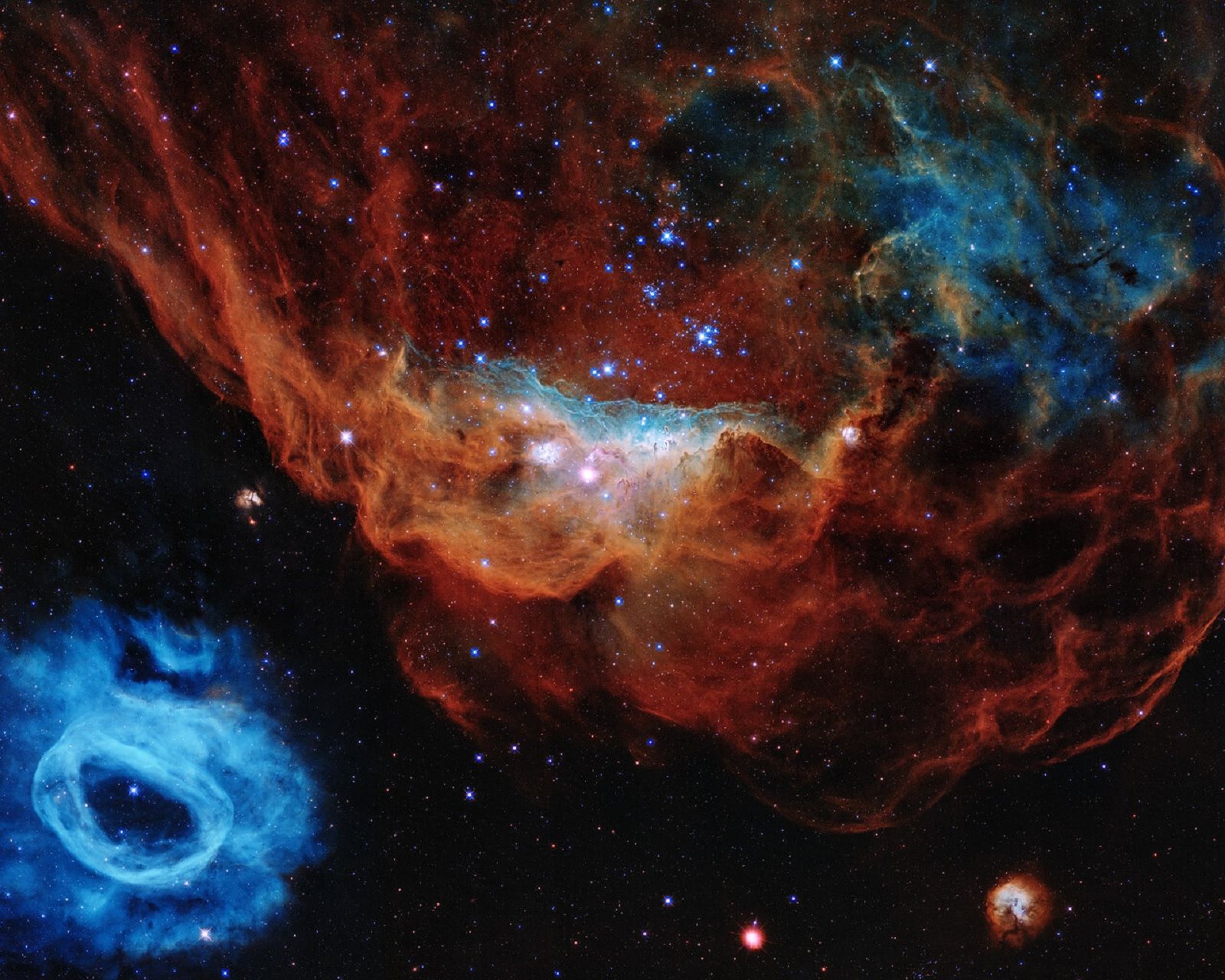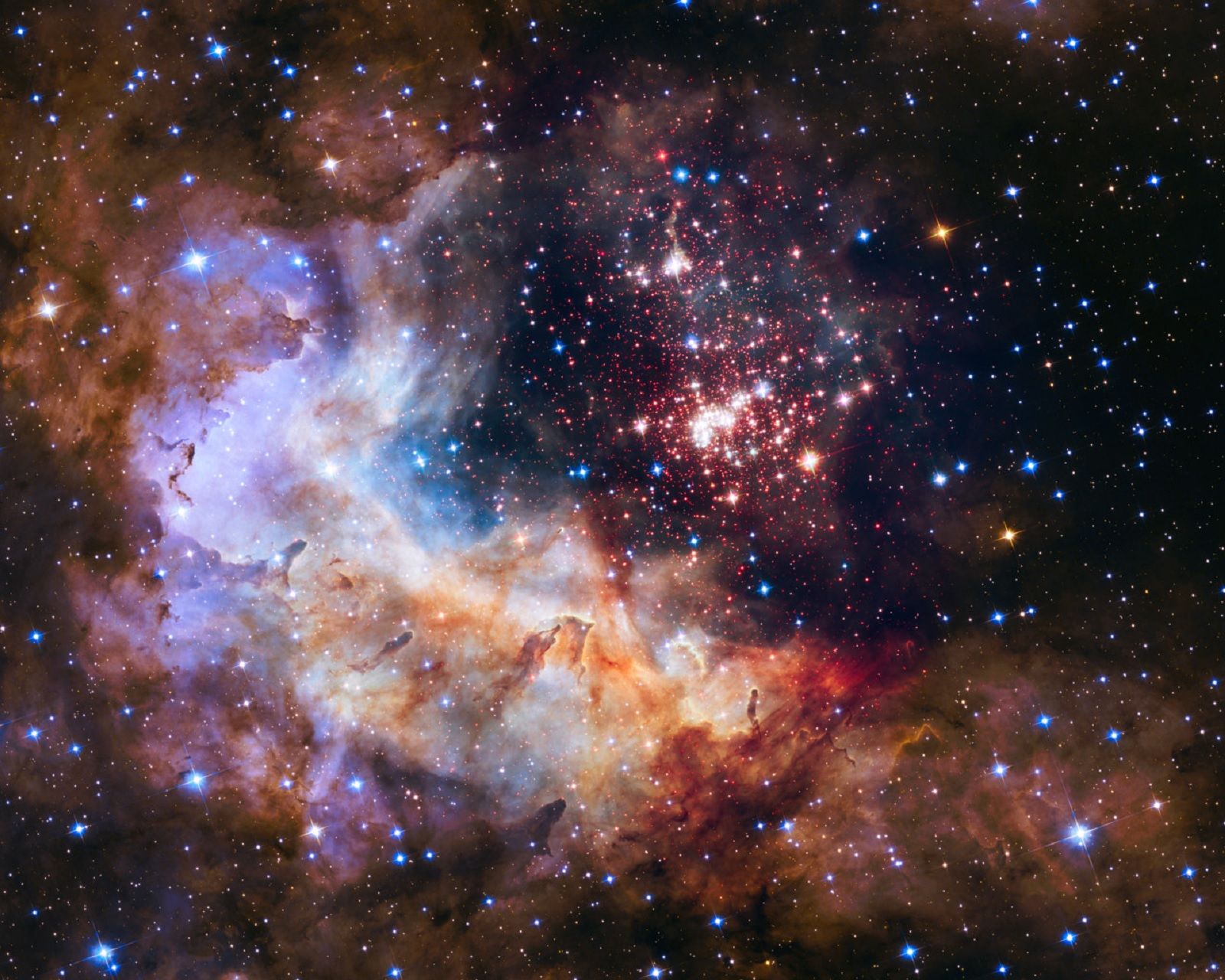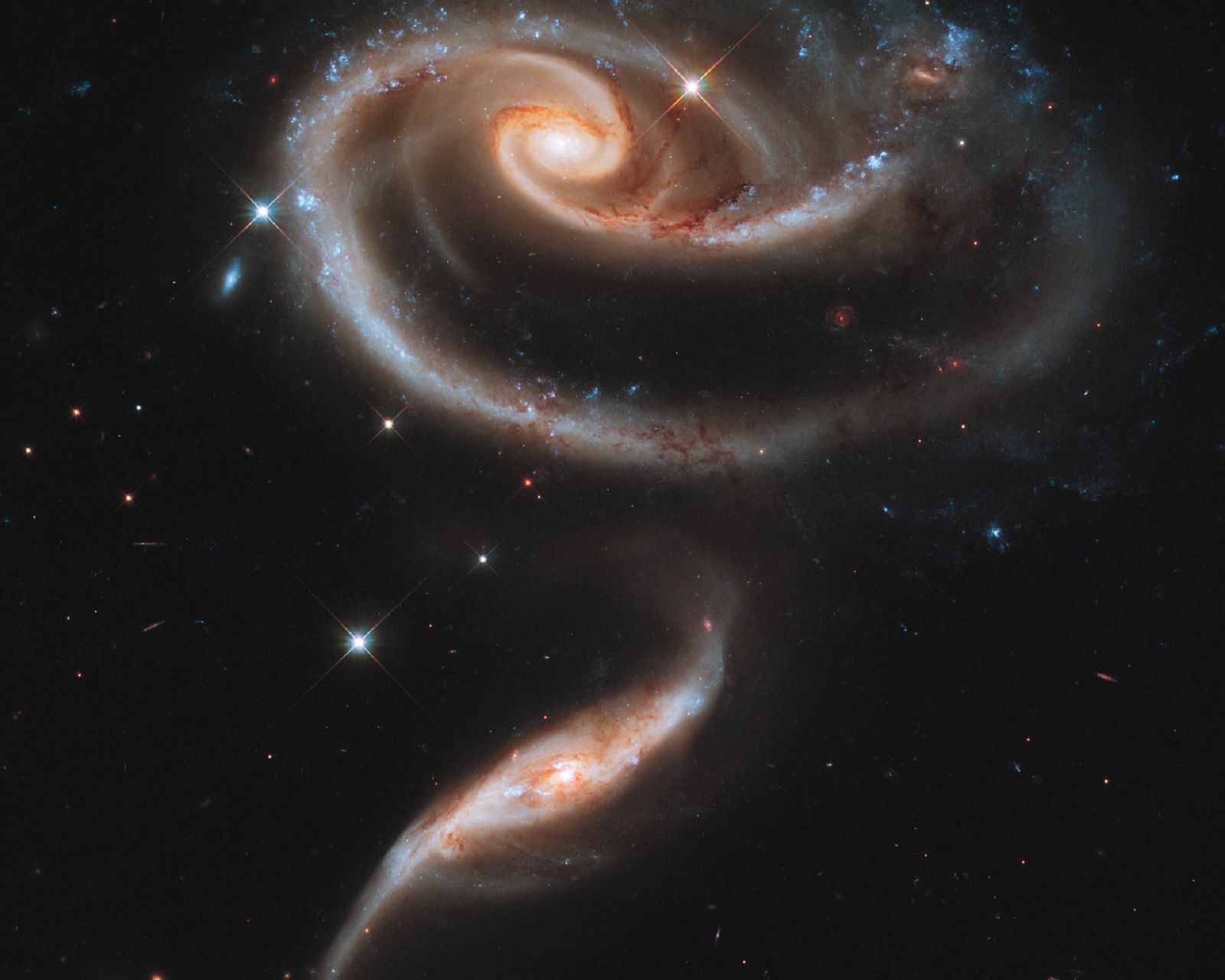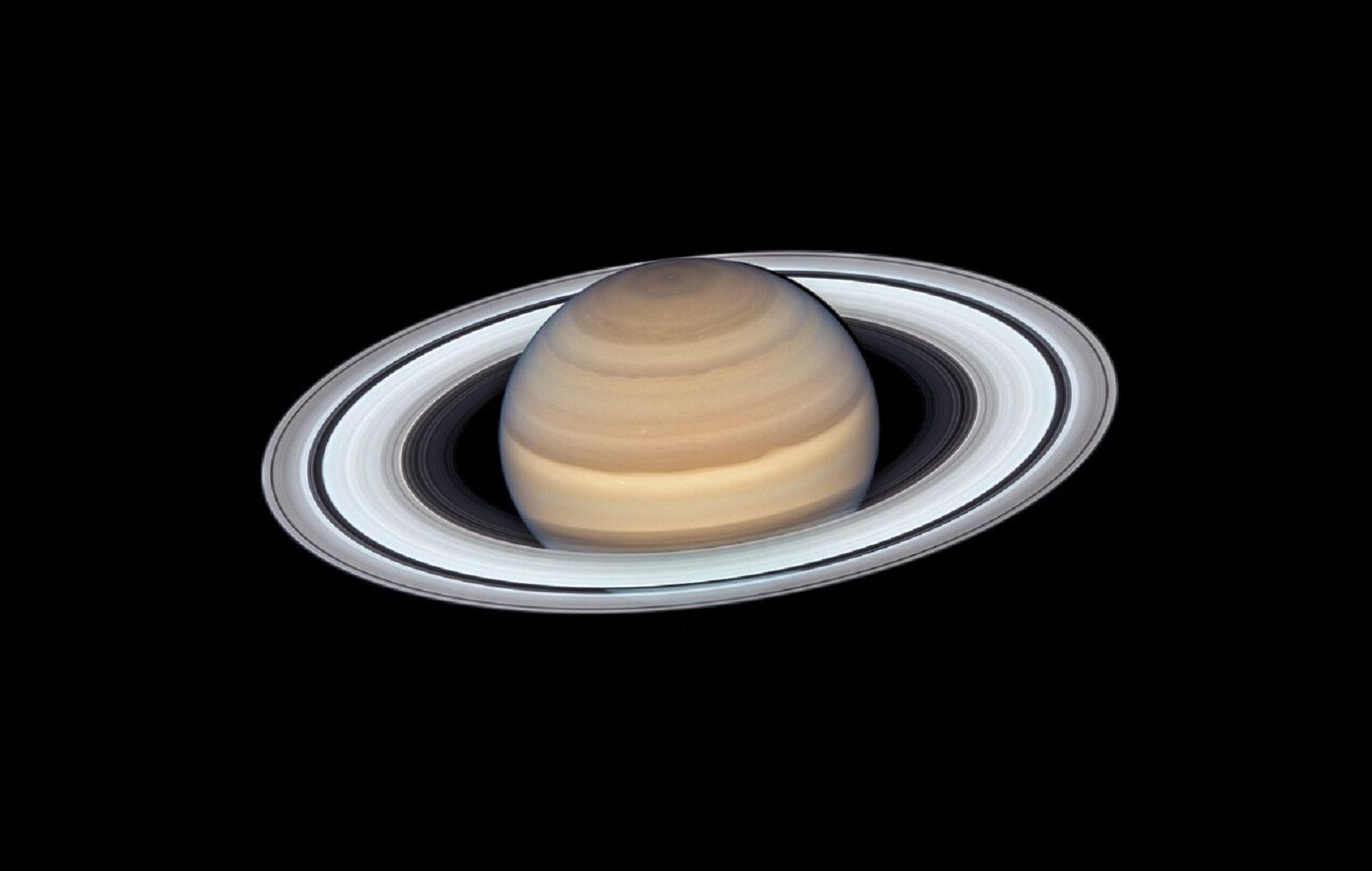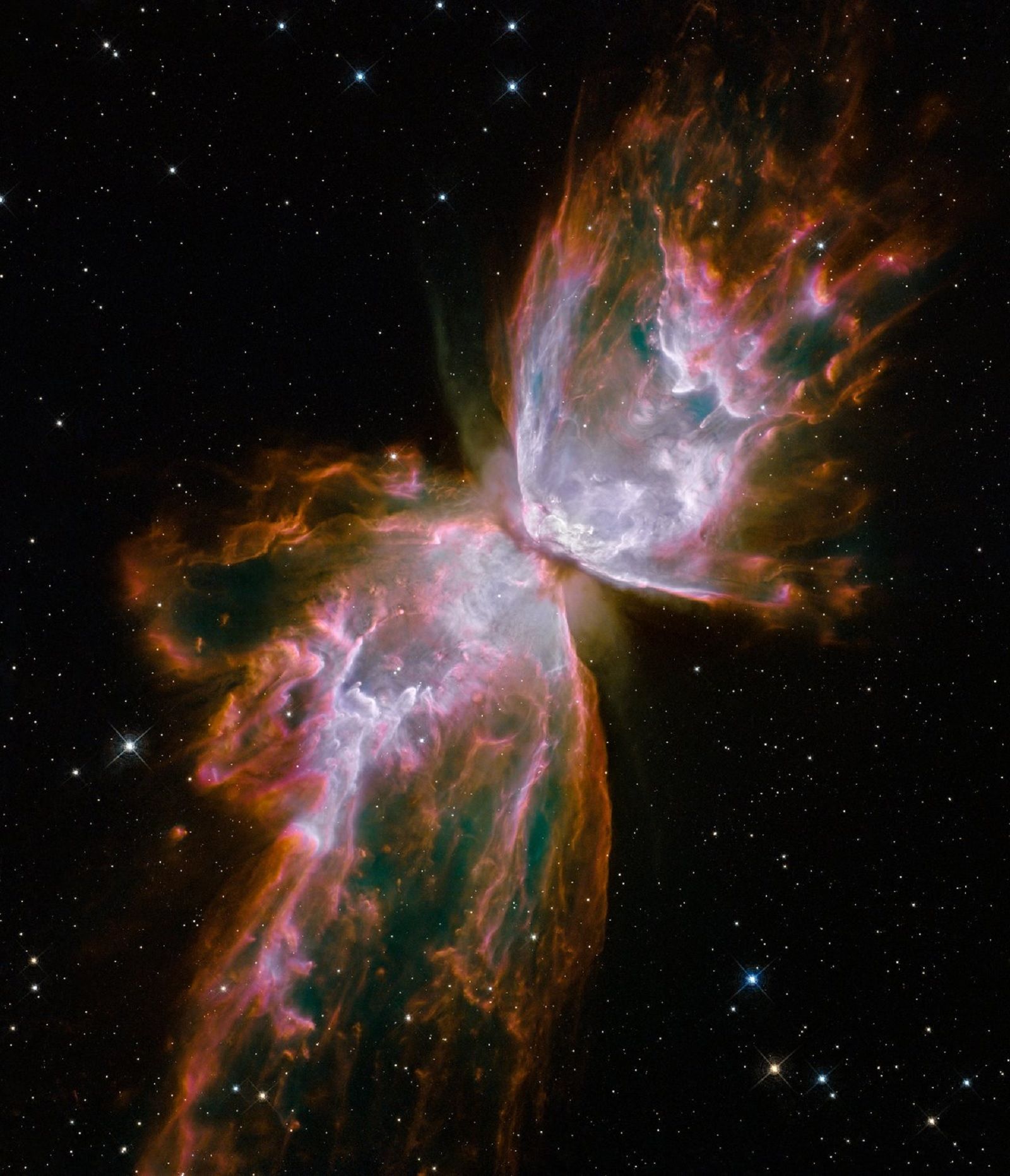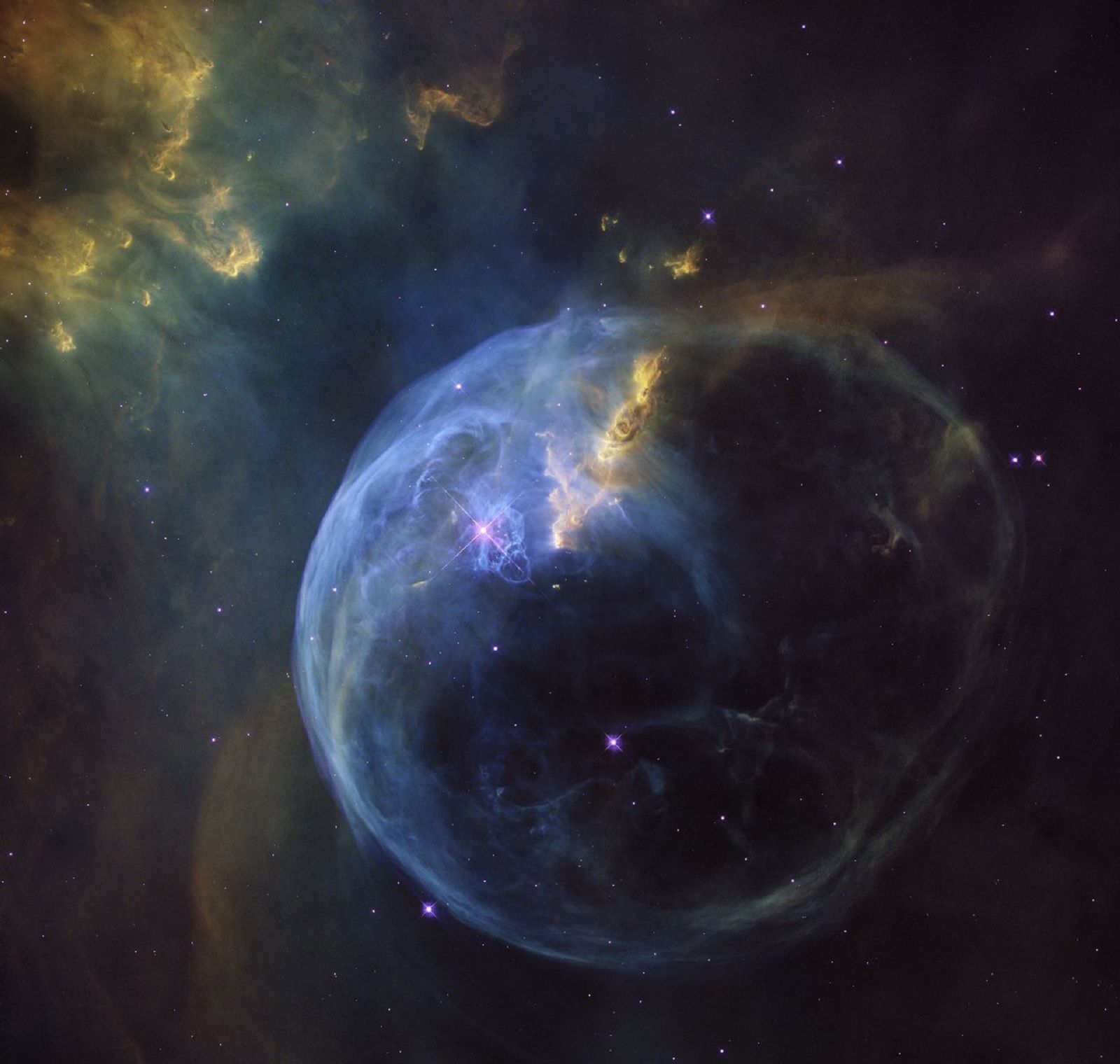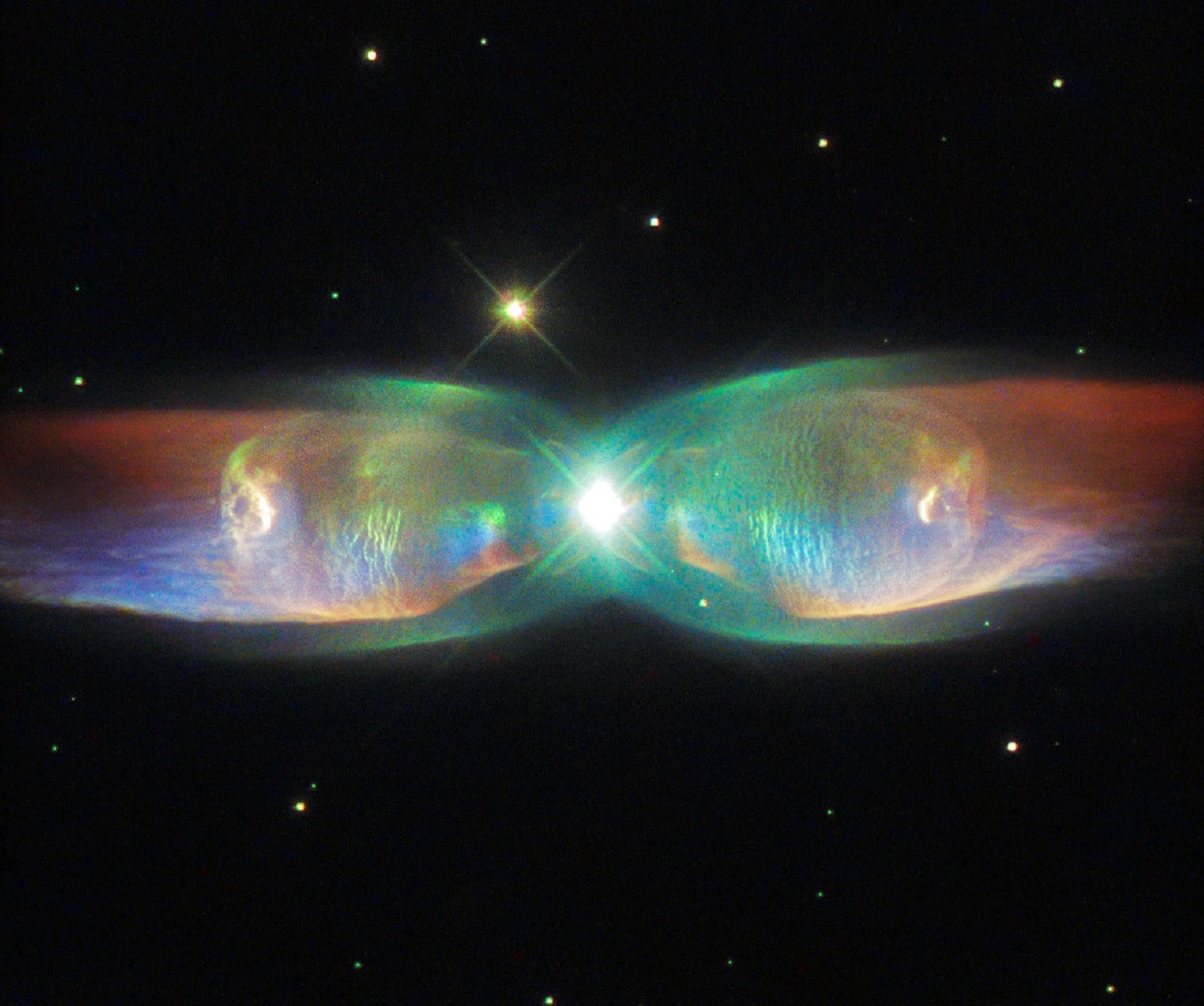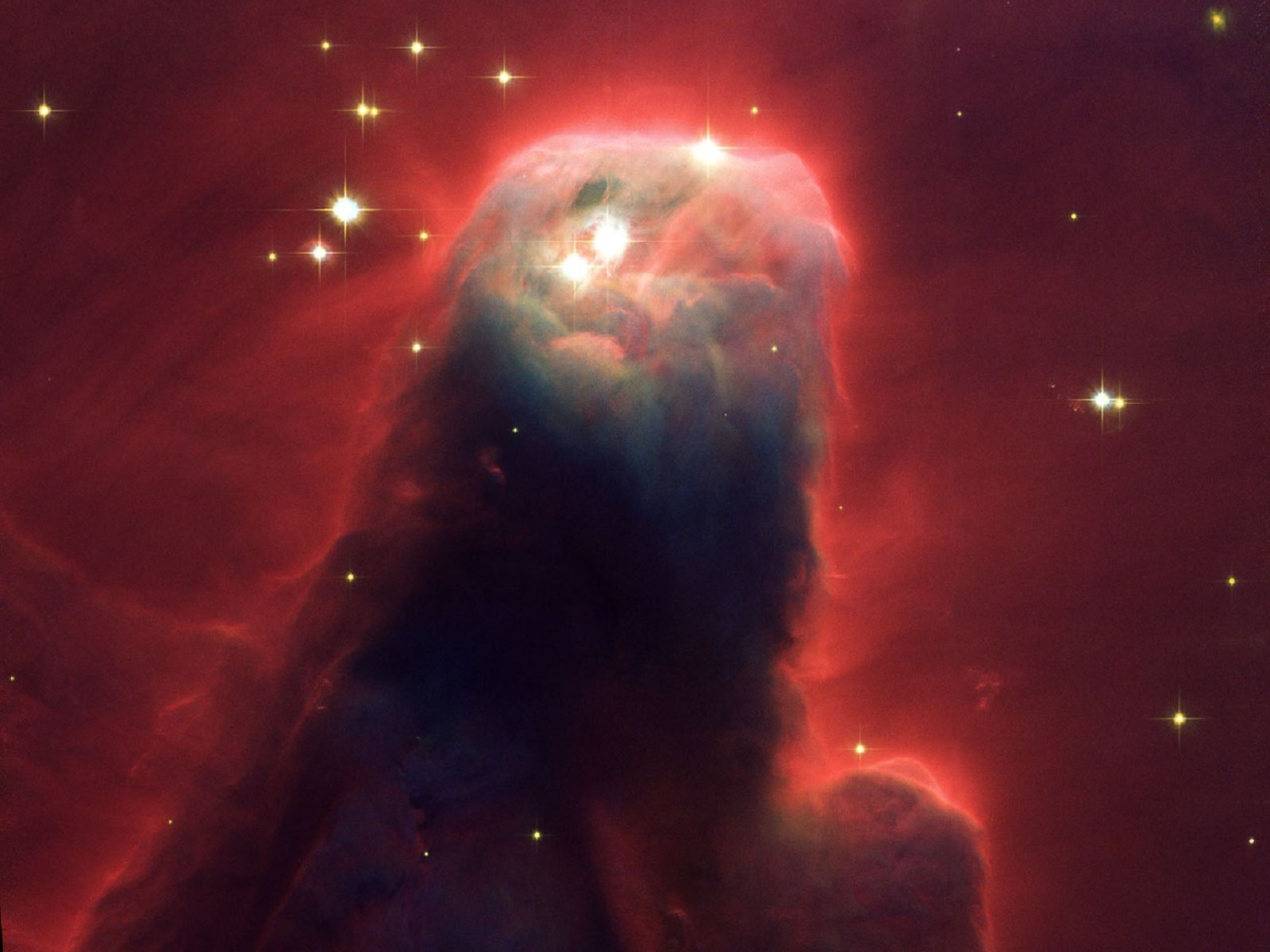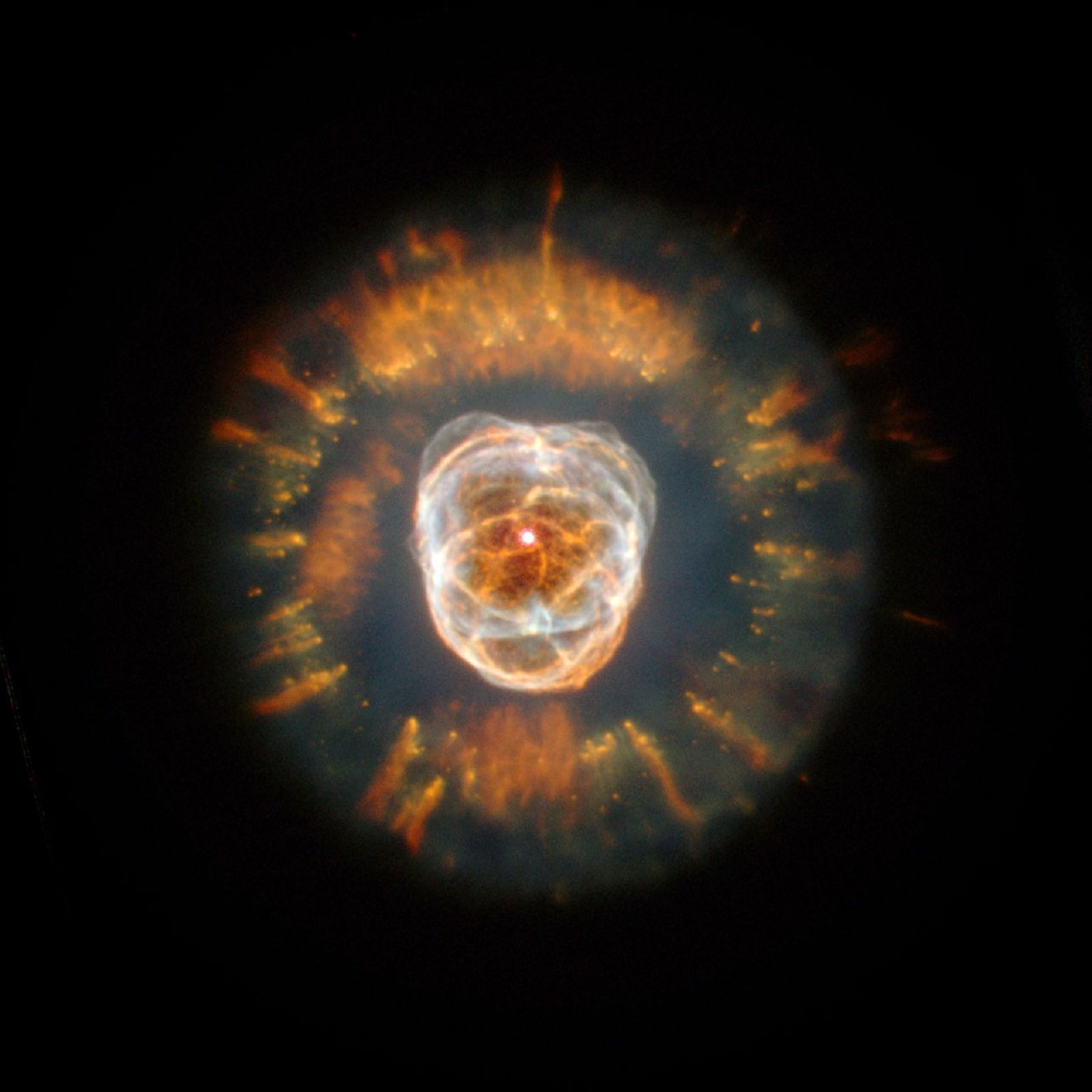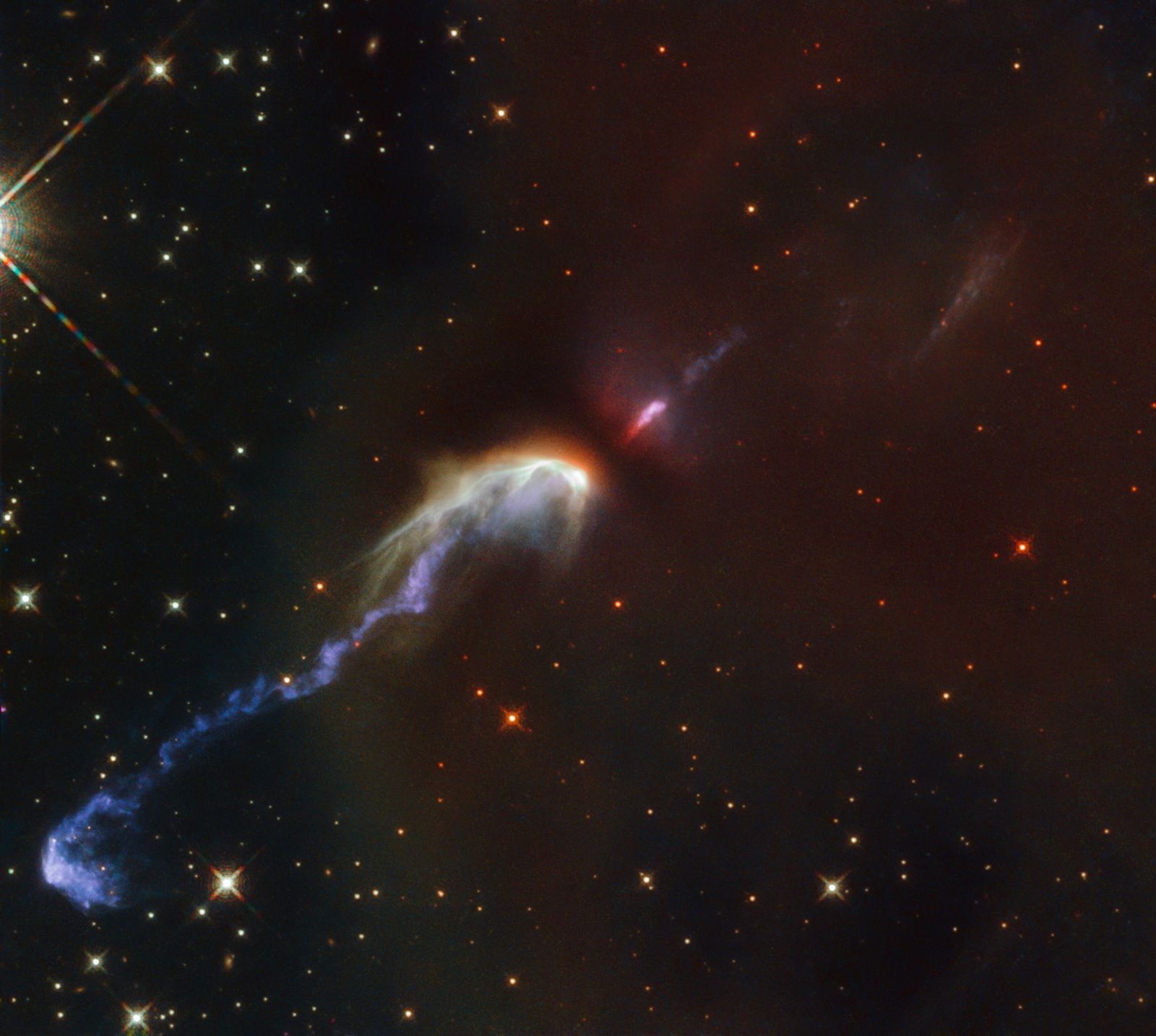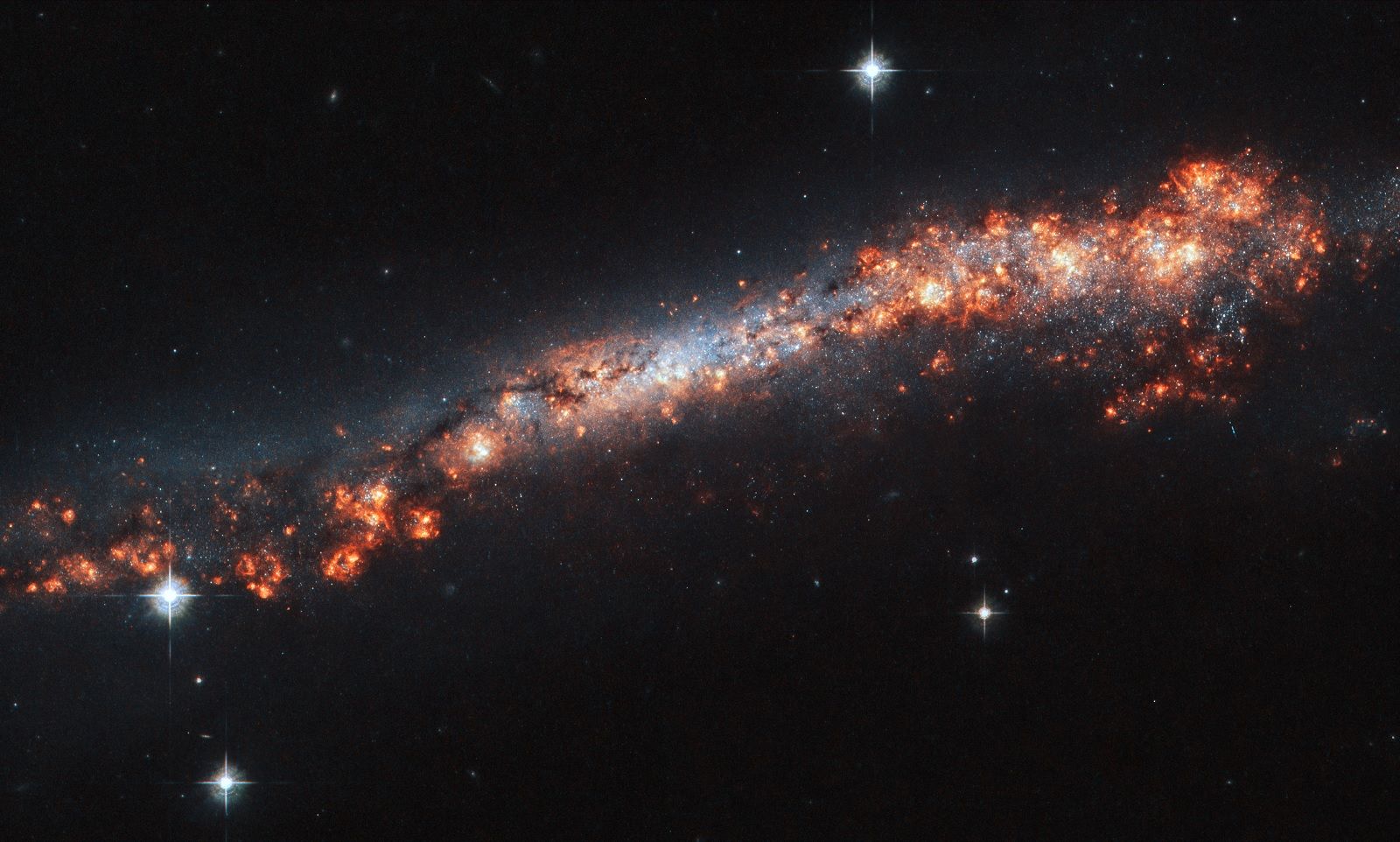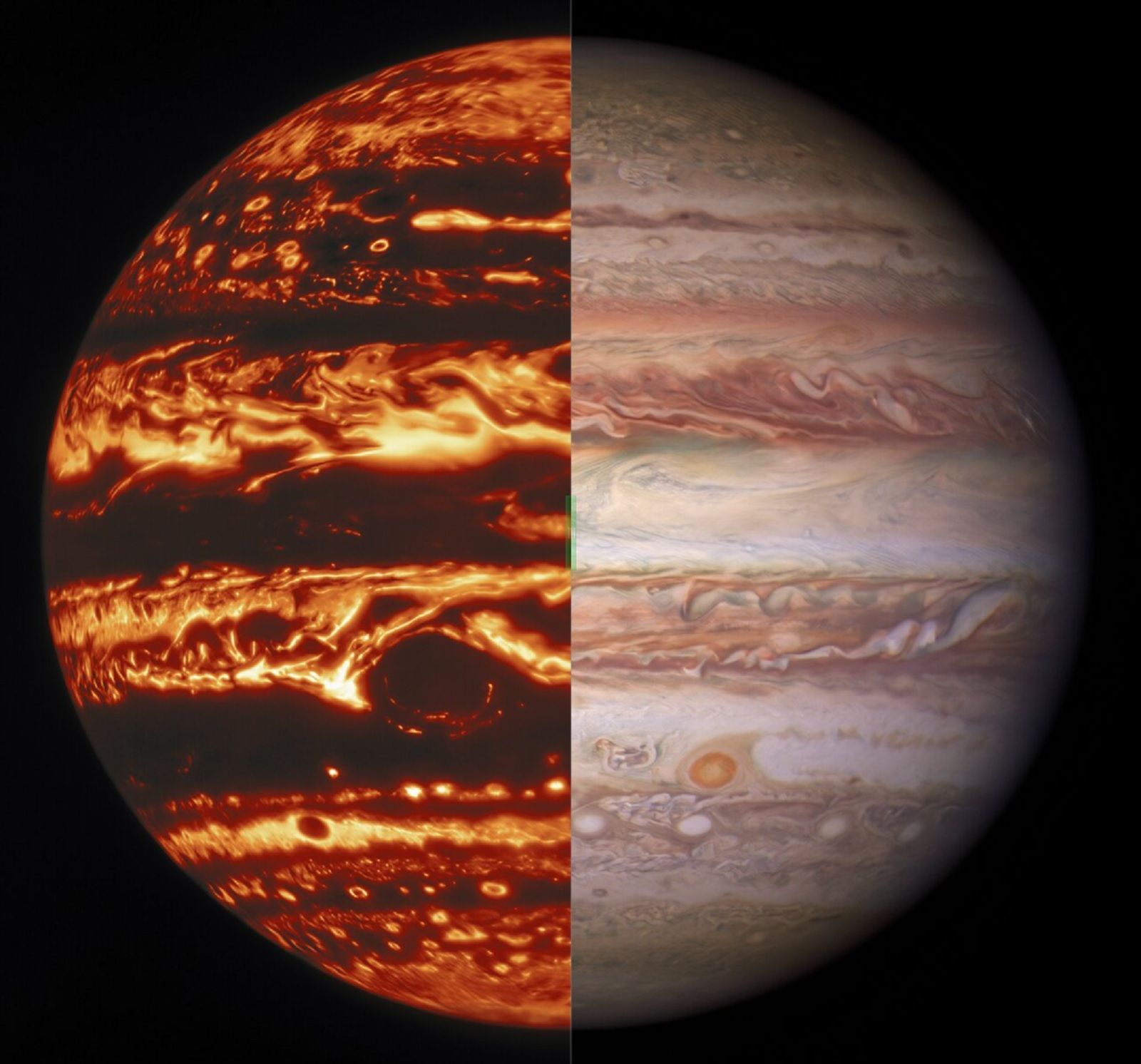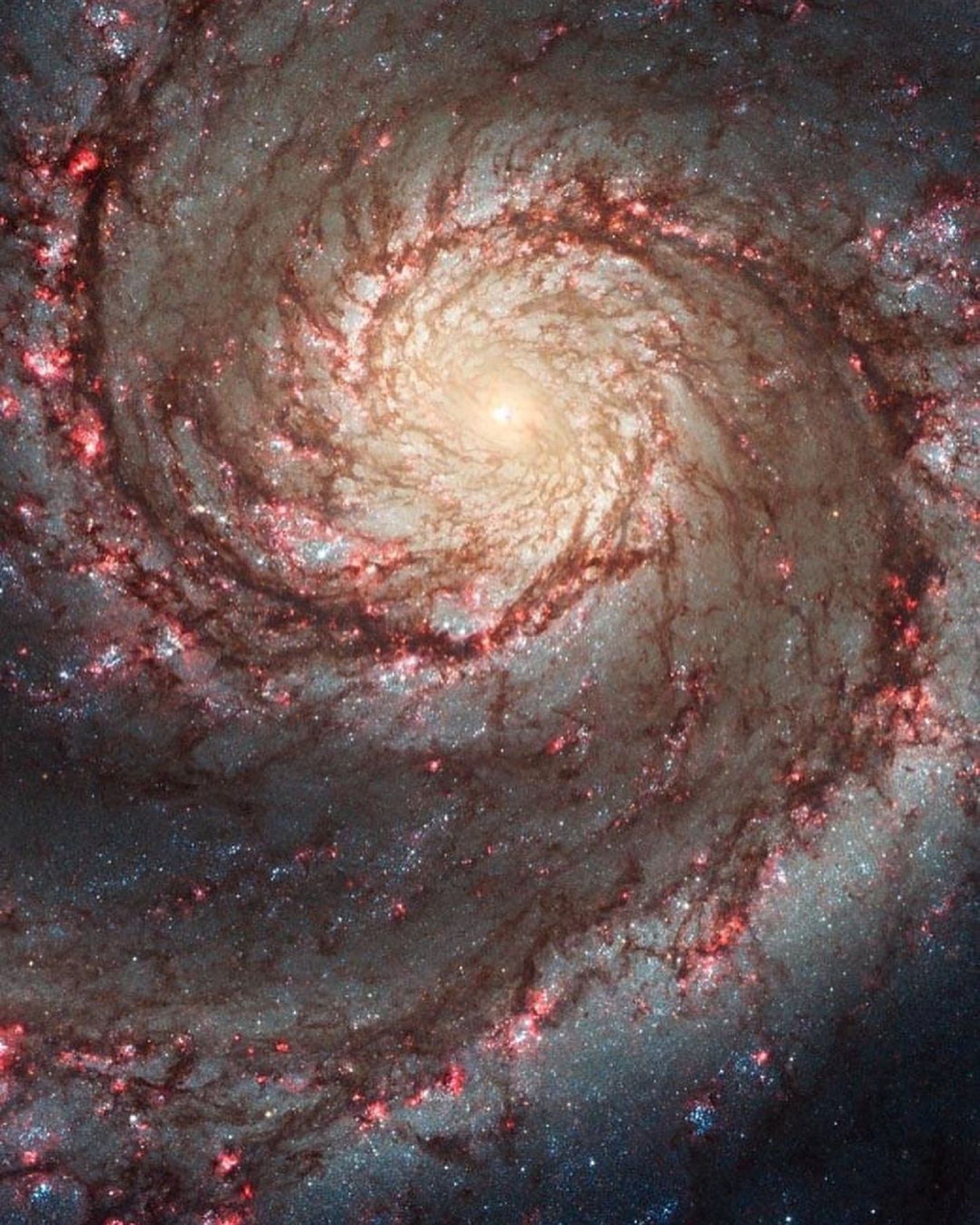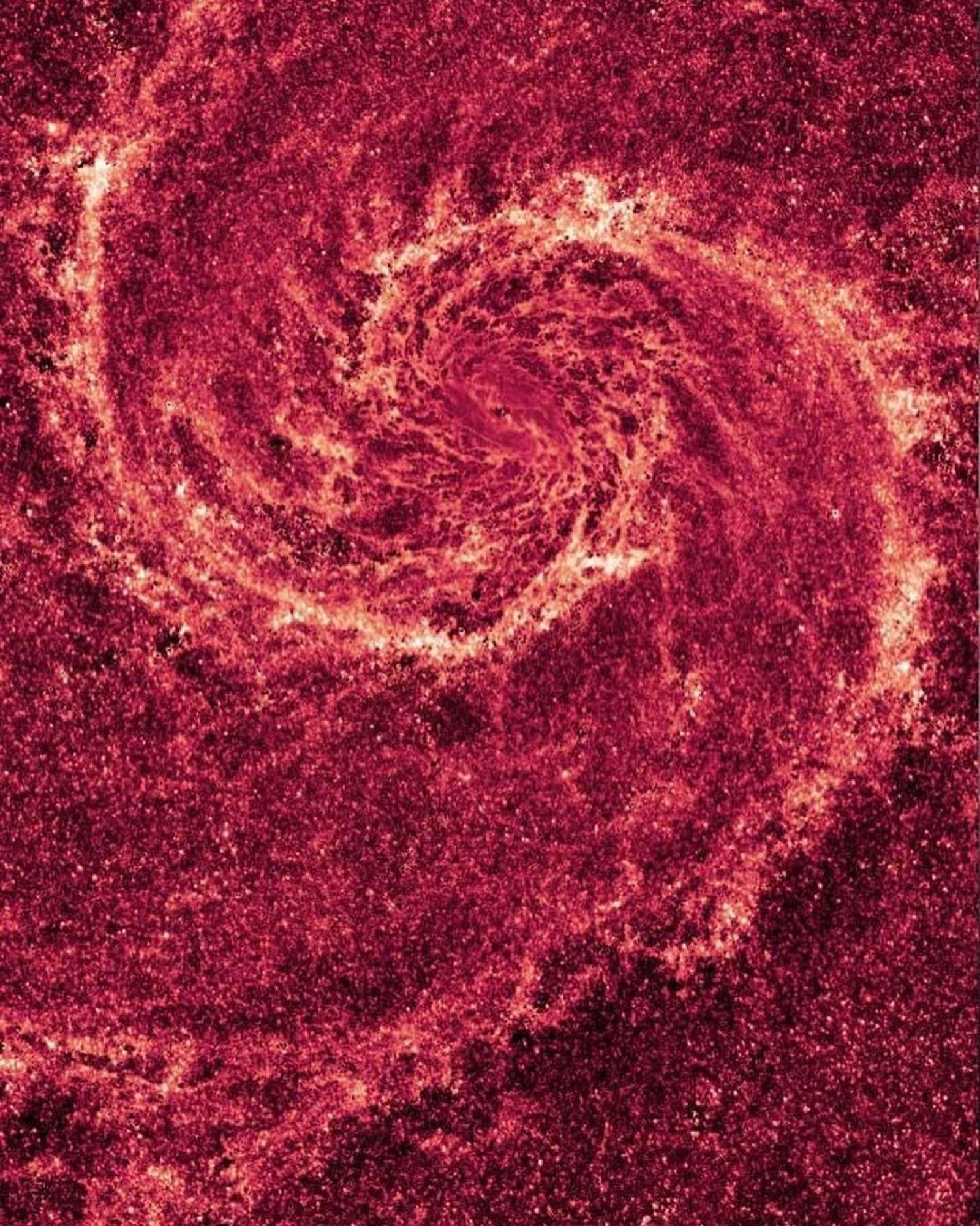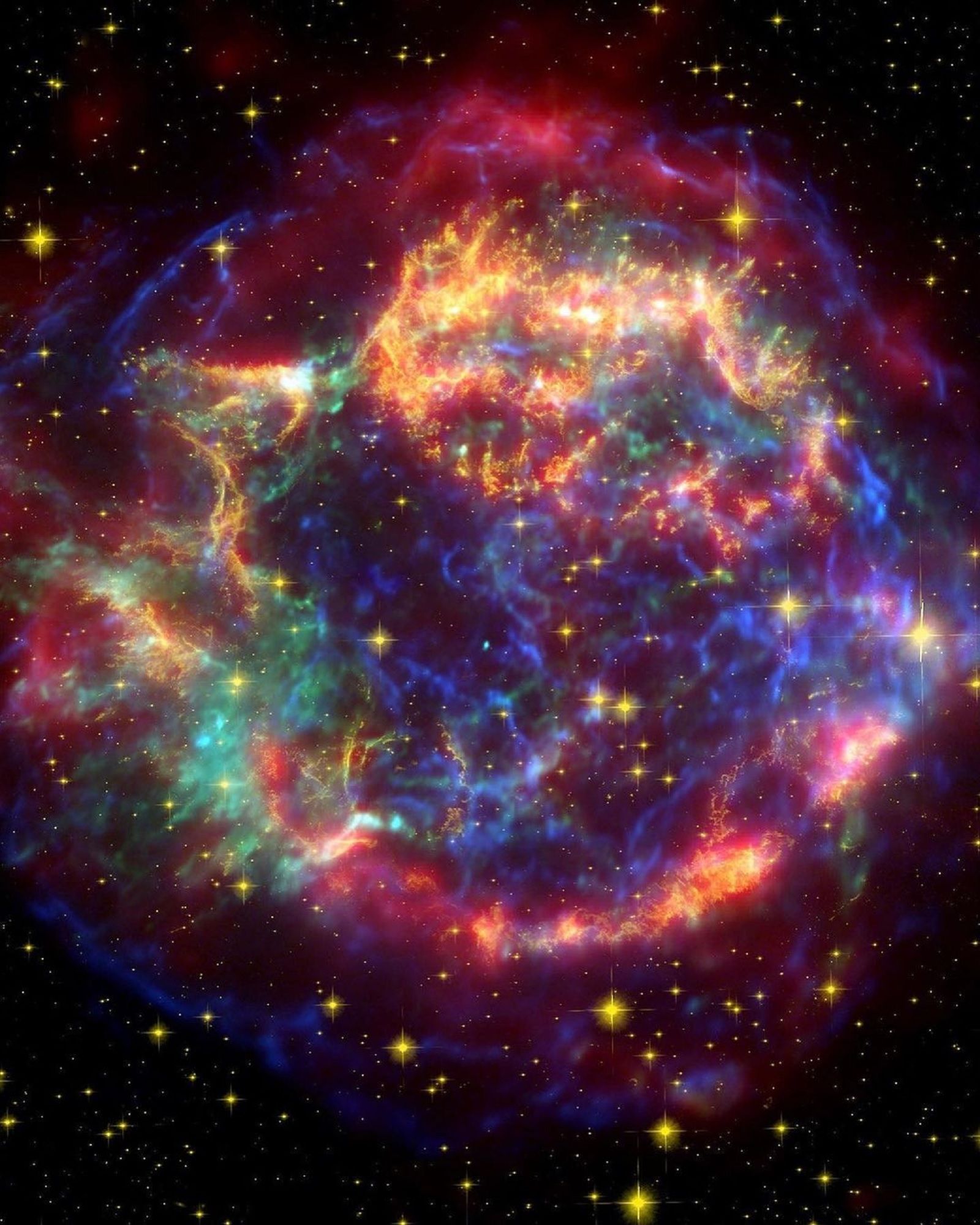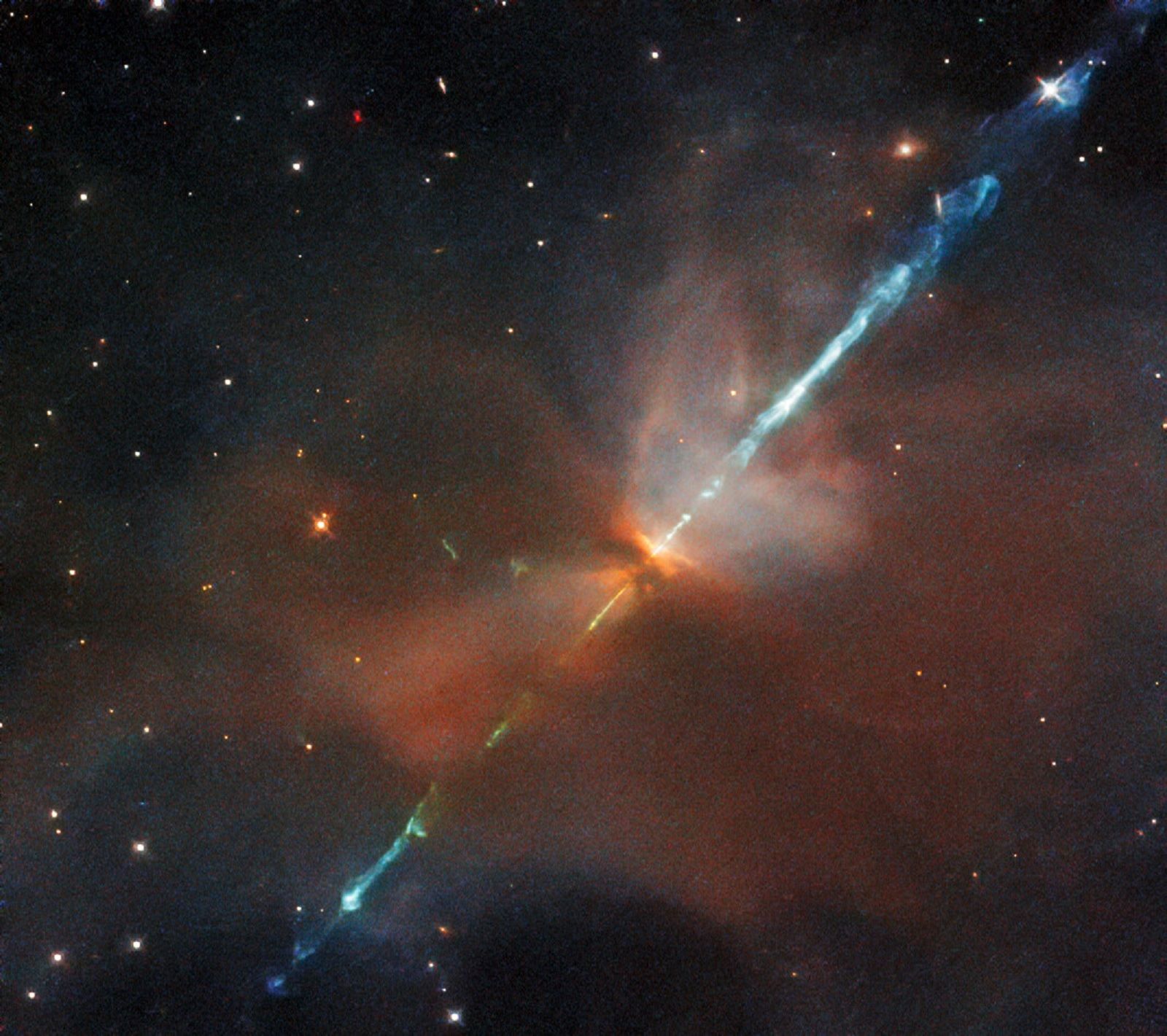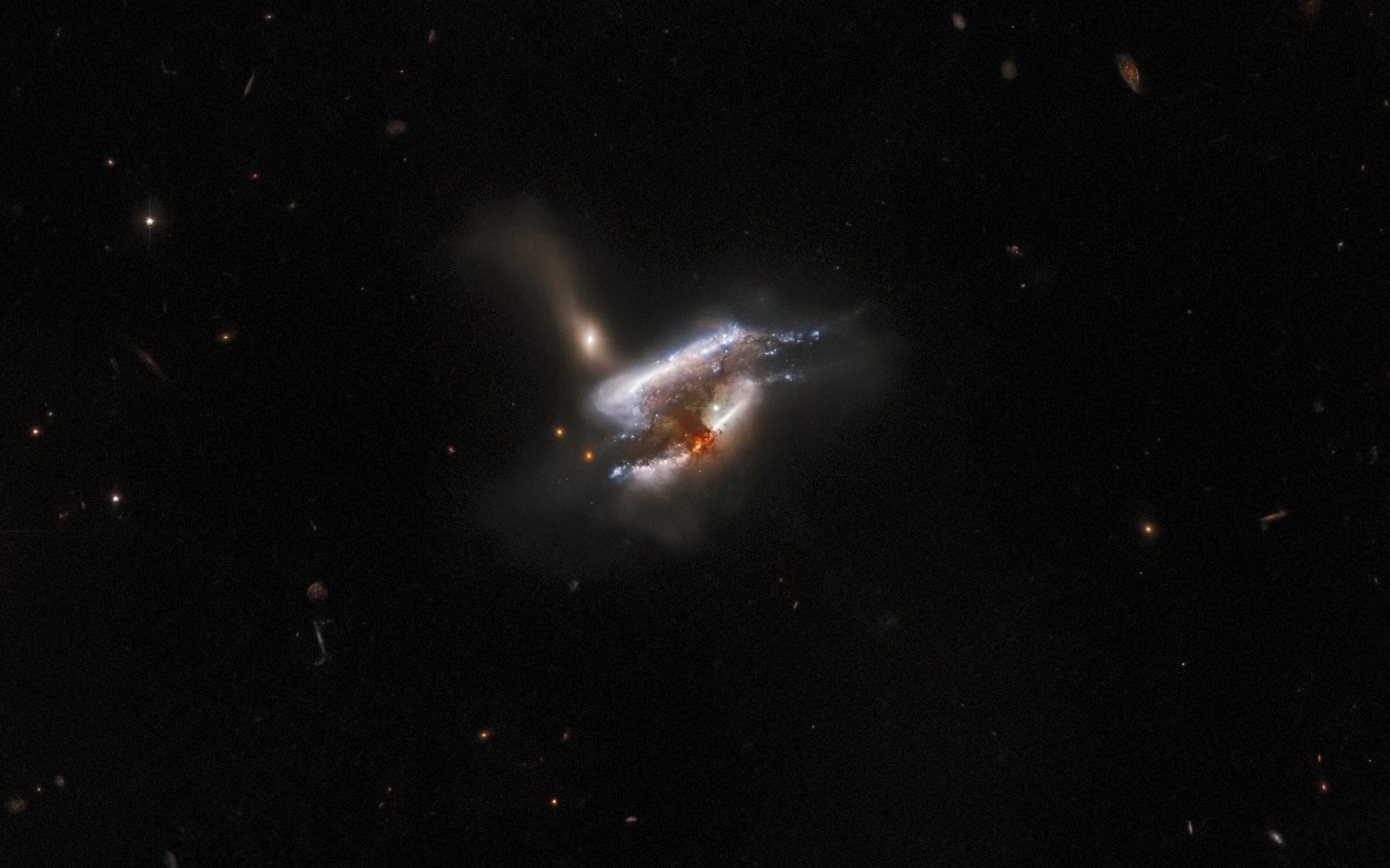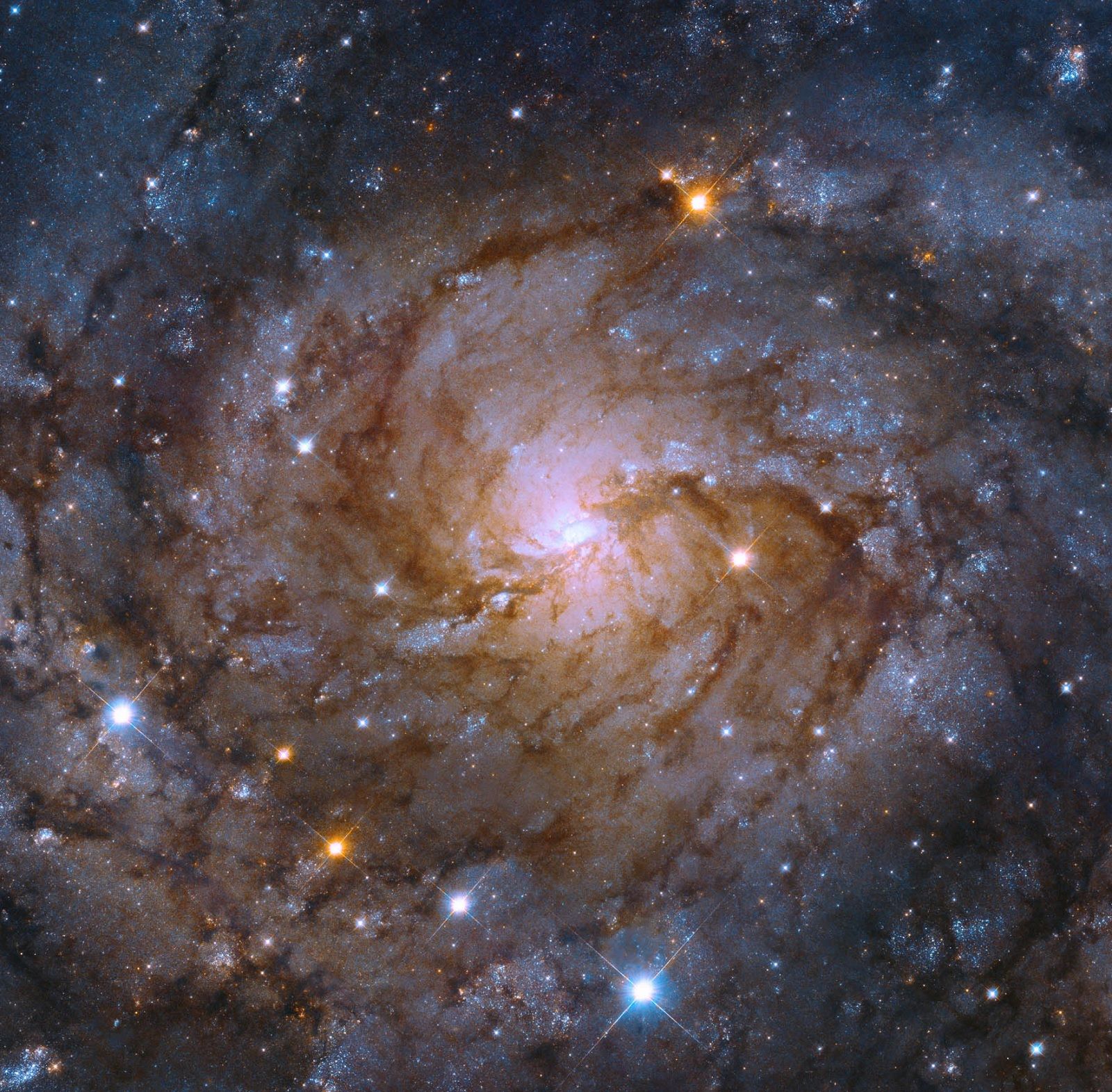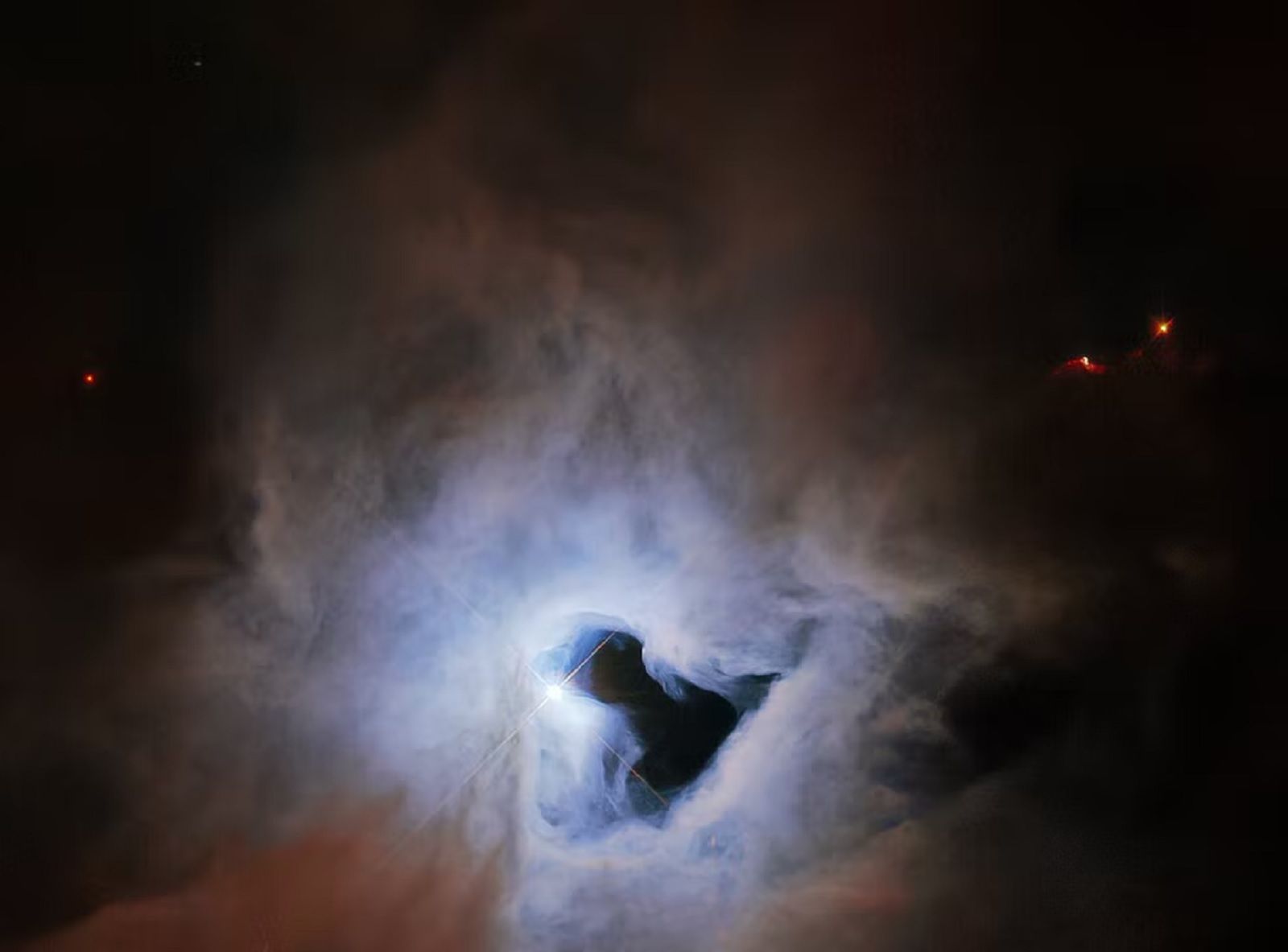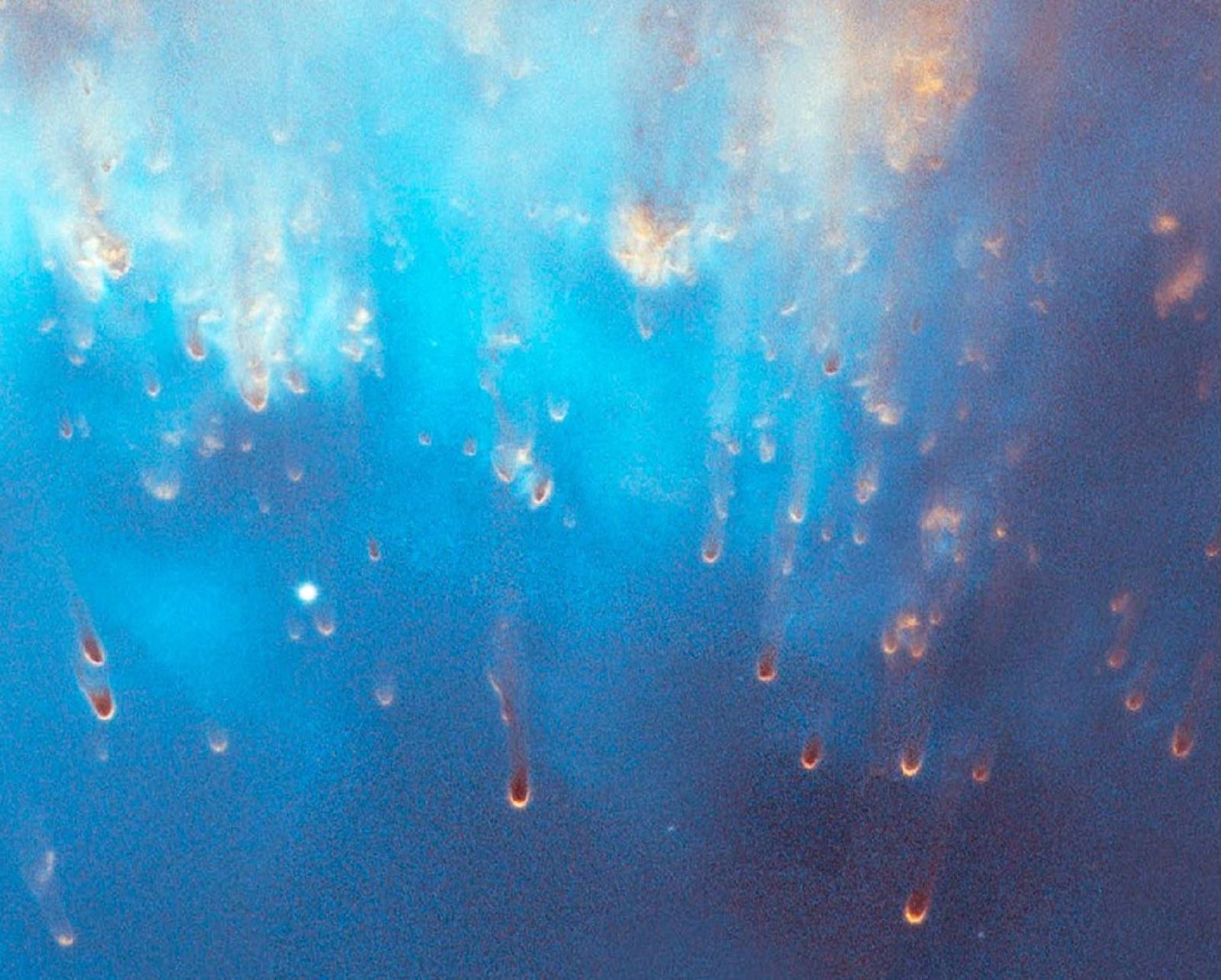Some of the best images captured by the Hubble Space Telescope show a Universe full of wonder and magnificence. We’ve collected the most incredible for you to enjoy.
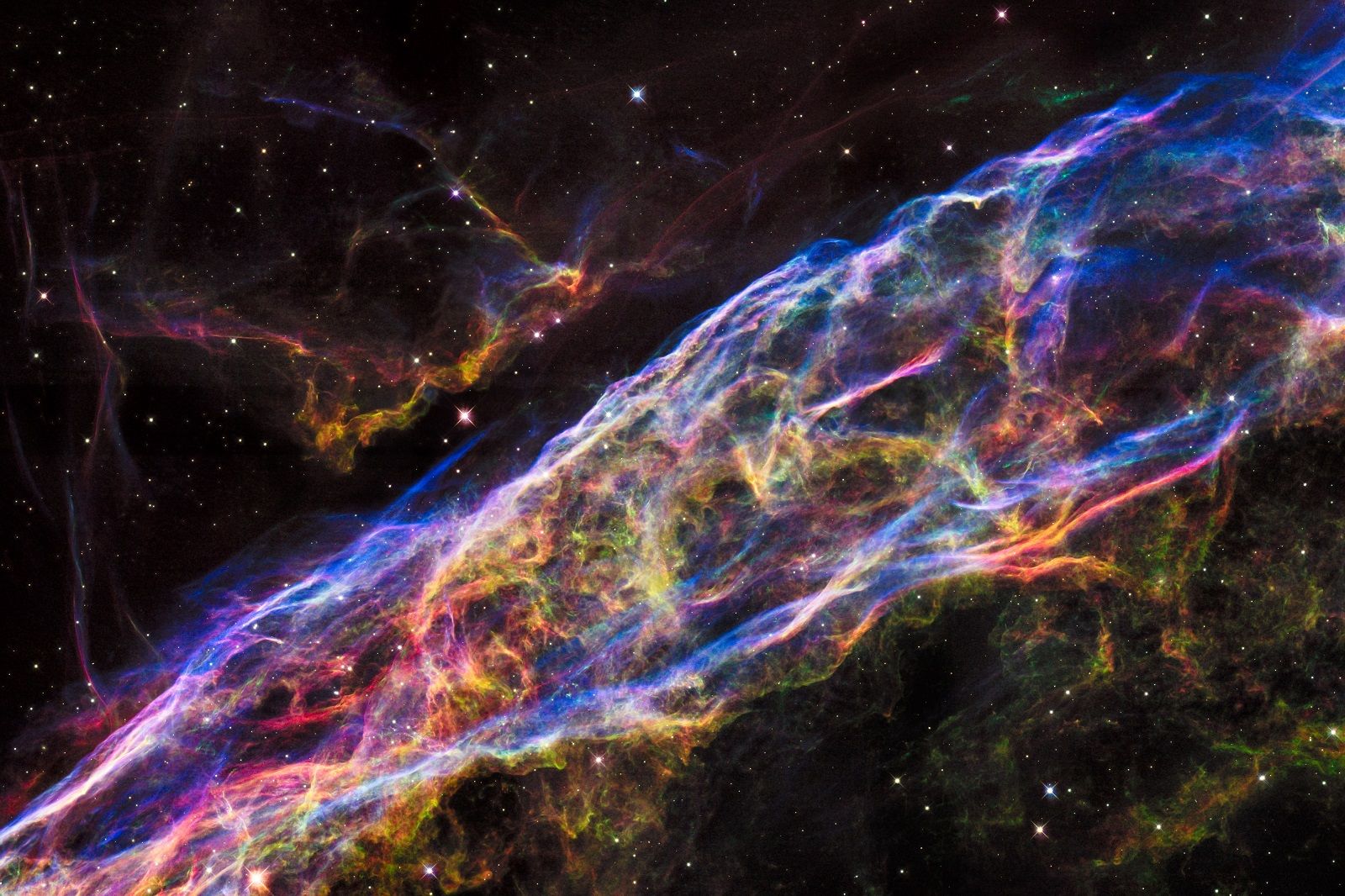
Some of the best images captured by the Hubble Space Telescope show a Universe full of wonder and magnificence.
We’ve collected some of the most incredible views, to show you just how breath-taking space can be.
Just be prepared to feel a little insignificant.
Globular Cluster
While the James Webb Telescope might be getting all the attention for the awesome images it has collected the ageing Hubble Telescope is still producing intriguing ones as well.
This one was posted by Nasa on 15 July 2022 and shows the globular cluster Terzan 2. This incredible view shows thousands of stars almost dominating the area. The area is subject to the intense gravitational attraction between the stars which leads to the clustering.
NGC 7764A
NGC 7764A is a group of galaxies that were captured by the Hubble Space Telescope using its Advanced Camera for Surveys (ACS) and Wide Field Camera 3 (WFC3).
Interestingly the two galaxies in the top right look like they’re interacting with one another. It’s thought this sort of interaction happens over incredibly long periods.
NGC 7764A is said to be 425 million light-years from Earth and certainly appears to be an intriguing part of space.
AG Carinae – the celebrity star
To celebrate the 31st anniversary of the Hubble Space Telescope, NASA and the European Space Agency published this image of AG Carinae. The so-called celebrity star is said to be one of the brightest stars in our galaxy.
This brilliant shining mass isn’t just special for its sheer brightness though, it’s also said to be 70 times bigger than our own sun and the glow surrounding it is due to outer layers being blown into space some 10,000 years ago. Read more about it here.
A star is born
NASA shared this view of a stellar tantrum captured by Hubble. It shows a star in the earliest part of its formation.
This one has been captured several times over the years and changed significantly in that time. You can see it in 2007, again in 2015 and in 2022. Incredible.
Antennae Galaxies reloaded
The Antennae Galaxies shown in this image are locked in a constant battle – clashing with each other for several hundred million years.
The Antennae Galaxies have been photographed by the Hubble Space Telescope several times over the last few decades. This image is the most recent and the most impressive. The galaxies shown in this image are locked in a constant battle – clashing with each other for several hundred million years.
This space battle is so violent that stars have been ripped from both galaxies and form a streaming arc which bridges the two. Signs of this cosmic chaos can be seen in the various colours surrounding the galaxies.
The Horsehead Nebula
This image shows part of the constellation of Orion with incredible waves of dust and gas creating what looks like a giant space seahorse.
This image shows part of the constellation of Orion. It was captured during the Hubble Space Telescope’s 23rd year in use. The magnificent view shows incredible waves of dust and gas creating what looks like a giant space seahorse.
Mystic Mountain
A spiralling pillar of gas and dust that makes up a stellar nursery 7,500 light-years away from Earth.
This incredible image looks more like fantasy than reality, but the brilliantly colourful view speaks of friction and cosmic chaos. A spiralling pillar of gas and dust can be seen being engulfed by the brilliant light of nearby stars.
This view is of a stellar nursery known as the Carina Nebula which is a mere 7,500 light-years away from Earth. Radiation and cosmic winds from nearby new-born stars are what cause the pillar-like formations that can be seen here. Jets of gas, swirls and wisps of dust and more can be seen as new stars are born and grow.
The colours are caused by the glow of the different gases – with oxygen in blue, hydrogen and nitrogen in green and sulphur in red. An astounding view, we’re sure you’ll agree.
The Pillars of Creation
This is the Eagle Nebula, a star-forming gas and dust region located 6,500 light years from Earth.
This image captured by the Hubble Space Telescope shows a vision of the Eagle Nebula – a cluster of stars in the constellation Serpens. This view is unbelievably over 6,500 light years from Earth and shows a number of star-forming gas and dust regions stretching off into pillar-like formations.
This nebula was originally discovered by Swiss astronomer Jean-Philippe Loys de Chéseaux in 1745 but is perhaps most well-known thanks to this image from the Hubble Space Telescope.
Cosmic dust bunnies
A view of dust lanes and star clusters of this giant galaxy. Said to be the result of two separate galaxies merging together.
This image shows dust lanes and star clusters of this giant galaxy. These so-called dust bunnies are thought to be evidence that this mass is actually the result of the merging to two separate galaxies.
Most detailed image of the Crab Nebula
24 individual images were used to create the most detailed view of the Crab Nebula ever seen.
This incredible image from the Hubble Space Telescope shows one of the most detailed views of the Crab Nebula ever seen. The image is actually stitched together from 24 individual images captured by the telescope and we think you’ll agree, the results are spectacular.
A galactic crash
Another image said to show the result of a clash between two galaxies.
This image shows a scattered and warped region of space – the result of a clash between two galaxies. Powerful cosmic forces carve out the shapes now seen here in a galaxy known simply as NGC 4490.
Centaurus A
Who knew space dust could be so astounding? This image of Centaurus A was taken with Hubble’s most advanced instrument, the Wide Field Camera 3. It shows incredible never-before-seen detail of the dusty parts of the galaxy.
Centaurus A is one of the closest radio galaxies to Earth giving off luminous radio emissions thanks to electromagnetic radiation in the region. These radio emissions make the areas easier to observe and study. The centre of Centaurus A contains a supermassive black hole which emits X-ray and radio wavelengths from the area.
It is thought that Centaurus A was once a large elliptical galaxy that collided with a smaller galaxy in the region and merged to create the view we see now.
Globular cluster 47 Tucanae
This image shows an area of space with tens of thousands of visible stars.
47 Tucanae is, after Omega Centauri, the brightest globular cluster in the night sky. As you can see from this image 47 Tucanae hosts tens of thousands of stars.
Scientists examining the area have noted how dying white dwarf stars have migrated from the central region to the very outskirts. A process that was known to happen, but had not seen before in great detail until the study of this area began in earnest.
The tangled remnants of a supernova
The image shows the remnants of a supernova – a tangled mess in space caused by the end of a massive star in the region.
At the end of 2018, the Hubble Space Telescope captured this image of a tangled web SNR 0454-67.2. The image shows the remnants of a supernova – a tangled mess in space caused by the end of a massive star in the region. The resulting explosion apparently sent a great swathe of material out into surrounding space.
Galactic goulash
140 million light years from Earth, two galaxies have collided and this is the result.
An image created using data from NASA’s Chandra X-ray Observatory reveals the cosmic outcome of mixing two galaxies together over millions of years. This area of space is located 140 million light years from Earth where two galaxies have collided and caused some interesting phenomena.
Regions of this area of space seemingly show stars forming at an unusually rapid rate. The various colours show emissions of hot gas in the area which is believed to represent the formation of new stars.
Giant Red Spider Nebula
This image shows what is thought to be one of the hottest stars known to man.
In 2017, Hubble captured this image of the Red Spider Nebula which plays host to one of the hottest stars known to man. This star generates large stellar winds which can be seen reaching out as far as 62.4 billion miles.
These stellar waves are caused by supersonic shocks, that occur when the gas in the area is compressed, heated and then rapidly expands. The result is magnificent waves of radiation that can be easily seen in this fantastic image.
Auroras on Jupiter
This stunning view shows incredible light shows happening in Jupiter’s atmosphere. These auroras are the result of high-energy particles entering the planet’s atmosphere. These particles then collide with atoms of gas and create a visible reaction which has also been observed by NASA’s Juno Spacecraft.
Star birth in the extreme
This incredible view of the Carina Nebula shows an amazing inferno and area of activity where new stars are being born.
This incredible view of the Carina Nebula shows an amazing inferno and area of activity where new stars are being born. Scorching ultraviolet radiation and outflowing winds from stars within this area of space create the colourful cosmic painting before your eyes. Again, these colours represent the different gases flowing within the regions – sulfur, hydrogen and oxygen swirling wonderfully as nature creates new cosmic life.
The Orion Nebula
Here’s an image of the Orion Nebula where thousands of stars are forming.
This brilliantly colourful view of the Orion Nebula shows a section of the Nebula where thousands of stars are forming. Incredibly, over 3,000 stars of differing sizes appear in the region captured by this single image. The Orion Nebula is 1,500 light-years from Earth and is the closest star-forming region to our planet. Like other photos on this list, this image is actually made up from 520 different photos captured by the Hubble Space Telescope.
Hubble mosaic of the majestic Sombrero Galaxy
This is thought to be one of the universe’s most beautiful and photogenic galaxies. It’s also named due to its likeness to the famous Mexican hat.
The Sombrero Galaxy is thought to be one of the universe’s most beautiful and photogenic galaxies. It’s also named due to its likeness to the famous Mexican hat.
A brilliant and brightly lit galaxy with a bulbous core surrounded by masses of gas. The galaxy is so bright it can be easily seen through small telescopes from Earth but is just beyond the limit of the naked eye.
Crab on LCD
This Nebula is sited 6,500 light-years from Earth and is the result of a supernova explosion observed by astronomers in 1054.
The Crab Nebula shown in bright and beautiful neon colours. This fantastic image was created by combining data from different telescopes capturing the entire electromagnetic spectrum, from radio waves to X-rays. This Nebula is sited 6,500 light-years from Earth and is the result of a supernova explosion observed by astronomers in 1054.
At the centre of the Crab Nebula sits a super-dense neutron star, known as a pulsar. This pulsar spins once every 33 milliseconds and as it spins it shoots out beams of radio waves and incredible visible light shows. Fast-moving winds from the pulsar fly off energising gas and dust in the nearby area.
The bubble nebula
The Bubble Nebula is located 8,000 light-years away from Earth and was originally spotted by Frederick William Herschel in 1787.
The Bubble Nebula is located 8,000 light-years away from Earth and was originally discovered by German-born British astronomer Frederick William Herschel in 1787. The bubble is actually the result of winds from a nearby star and it is the heat from the star that causes it to glow.
The Ring Nebula
This view of Messier 57 is formed by gases being expelled from a giant red star that’s in the process of evolving into a white dwarf.
From our perspective on Earth, Messier 57 (also known as “The Ring Nebula”) has an elliptical shape with a rough, shaggy edge. The Hubble Space Telescope shows a slightly different view though – one likened more to a distorted doughnut. This view is formed by gases being expelled from a giant red star that’s in the process of evolving into a white dwarf.
The whirling disc of NGC 4526
This disc spins at a staggering 250,000 metres per second. As remarkable as it is beautiful.
This beautiful view of galaxy NGC 4526 seems to show a peaceful galaxy glowing brilliantly in the depths of space. This serene view shows a galaxy that has hosted two known supernova explosions in the last few decades alone. It also has a supermassive black hole at its core with an incredible mass of 450 million Suns.
A rapidly rotating disc of gas spectacularly reaches out from the galaxy’s heart and spans seven per cent of its entire radius. This disc spins at a staggering 250,000 metres per second. As remarkable as it is beautiful.
The Carina Nebula
Yet another image of the Carina Nebula shows the beauty of the gas and dust pillar in the region. This pillar is an astounding three light-years-long and can be seen bathed in the glowing light of massive nearby stars.
The Lagoon Nebula
This nebula is a staggering 55 light-years wide and 20 light-years tall.
At an incredible 55 light-years wide and 20 light-years tall, the Lagoon Nebula is as impressive as it is beautiful. This Nebula is 4,000 light-years away from Earth and was originally discovered in 1654. Since then, it has been photographed and analysed by astronomers all over the world.
The Veil Nebula
This views is said to show the aftermath of a supernova that exploded in the region somewhere between 3,000 to 6,000 BC.
This image from the Hubble Space Telescope shows a small area of the Veil Nebula, also known as the Witch’s Broom Nebula. This view shows heated and ionized gas and cosmic dust of the region. It is also the aftermath of a supernova that exploded in the region somewhere between 3,000 to 6,000 BC.
Tapestry of Blazing Starbirth
This one is a colourful view of one of the most turbulent regions of star-forming space.
This one is a colourful view of one of the most turbulent regions of star-forming space.
“This image is one of the most photogenic examples of the many turbulent stellar nurseries the NASA/ESA Hubble Space Telescope has observed during its 30-year lifetime. The portrait features the giant nebula NGC 2014 and its neighbour NGC 2020 which together form part of a vast star-forming region in the Large Magellanic Cloud, a satellite galaxy of the Milky Way, approximately 163 000 light-years away.”
Westerlund 2
This one shows a superstar cluster in Milkyway that’s thought to be around 2 million years old.
In 2015, this image was released in order to celebrate the Hubble Space Telescope’s 25th anniversary of being in orbit.
It shows Westerlund 2, a superstar cluster in Milkyway that’s thought to be around 2 million years old. It is said to have some of the hottest stars known to man. It’s certainly beautiful.
A rose made of galaxies
Another amazing image showing what happens when two galaxies interact with each other.
This weirdly floral vision of space was captured and released in 2011 and shows two galaxies interacting with each other. The smaller one is said to have moved through the larger one resulting in this colourful view.
A portrait of Saturn
This Hubble image comes from June 2019 when Saturn was observed in its closest approach to our home planet.
This Hubble image comes from June 2019 when Saturn was observed in its closest approach to our home planet. At a mere 1.36 billion kilometres away, it’s a magnificent thing.
A butterfly emerges
This is the result of a star at the centre of the mass that’s said to have once been five times the size of our sun but died and expelled its gases as a result.
This is a planetary nebula known as NGC 6302 (or, unsurprisingly, the butterfly nebula). It looks pretty but it’s actually a very turbulent area of space. The wings of the butterfly are actually areas of gas that’s as hot as 20,000 degrees Celsius.
This is the result of a star at the centre of the mass that’s said to have once been five times the size of our sun but died and expelled its gases as a result. The butterflies wings are said to be those gases and are also thought to be travelling at over 950 000 kilometres per hour. Incredibly the star responsible for all this died over, 2,200 years ago.
The Bubble Nebula
The Bubble Nebula was originally discovered way back in 1787 by Britisih astronomer William Herschel.
8,000 light years away from Earth is the Bubble Nebula, AKA NGC 7635. The bubble that’s visible here is actually caused by space winds from a nearby star.
The Bubble Nebula was originally discovered way back in 1787 by Britisih astronomer William Herschel.
The Twin Jet Nebula
This beautiful view shows the Twin Jet Nebula, a magnificent nebular formed by two stars.
This beautiful view shows the Twin Jet Nebula, a magnificent nebular formed by two stars. It’s said that the Twin Jet Nebula is continually increasing and the event happened over 1,200 years ago.
The Cone Nebula
This is not a vision of hades, but instead, it’s the Cone Nebula. Another turbulent area of space with stars forming in that region.
This is not a vision of hades, but instead, it’s the Cone Nebula. As you’d expect though, it’s another turbulent area of space with stars forming in that region. The visible pillar is seven light-years long.
Interestingly, this image was actually crafted using three different images – one taken in blue, another in near-infrared and the final one with hydrogen-alpha filters. The end result is certainly magnificent.
The glowing remains of a dying star
Nothing much to see here, just the glowing remains of a dying star. Not something you see every day.
Nothing much to see here, just the glowing remains of a dying star. Not something you see every day.
Tantrums of a Baby Star
A star is born an the surrounding area of space is subjected to incredible and beautiful shock waves as a result.
This intriguing image is the result of a protostar which when born had violently propelled matter outwards – shooting outflows of matter over an incredible 10 light-years.
Feeling Edgy
This interesting view shows a spiral galaxy similar to our own but seen side-on from our angle here on Earth.
Jupiter as seen in infrared, visible and ultraviolet
This image is actually a mix of photos from the International Gemini Observatory and the Hubble Telescope.
The NOIRLab team worked on producing images that show Jupiter in infrared, visible and ultraviolet.
These views highlight interesting atmospheric details of the biggest planet in our solar system. Atmospheric activity such as lightning storms can be seen in the shots alongside highlights created by Jupiter’s chemical make-up.
Visible light Whirlpool Galaxy
The Hubble Telescope has captured some interesting images of the Whirlpool Galaxy. This one shows visible light in the area and highlights an incredible looking area of space.
Near-infrared view of Whirlpool Galaxy
This near-infrared image of the same Whirlpool Galaxy shows a very different view. With its skeletal dust structure clearly visible like an angry firey hell,.
A colourful view of Cassiopeia A
This is a view of Cassiopeia A, a supernova remnant that’s approximately 11,000 light-years away from our planet. It’s said to be the result of a supernova explosion that happened 300 years ago.
This image of it is a composite of three different images taken from various observatories including the Hubble telescope. This combines Infrared, optical data and x-ray data into one image. All show heat in the area ranging from 10 degrees to 10 million degrees Celsius.
The flaming sword
This incredible image from the Hubble space telescope seems to show a flaming sword striking through the cosmic depths.
About 1,300 light-years from Earth, the Herbig-Haro object HH111 is actually made up of some young stars which are sending out superheated jets into the surrounding gaseous regions.
Palomar 6
This incredible view is an image of ESO 520-21, an ancient globular cluster, that is roughly 25,000 light-years away from our home planet.
NASA says this cluster is as much as 12.4 billion years old. And it is a collection of tightly bound stars orbiting galaxies. Researching areas of space like this could help us understand the formation of early galaxies.
IC 2431
This image shows a spot 681 million light-years from Earth in the constellation Cancer. Here the Hubble Space Telescope has spotted what seems to be three different galaxies intertwined in a galactic merger. Impressive stuff.
A hidden galaxy
This view shows a so-called hidden galaxy known as Caldwell 5. It’s not easy to see in the night’s sky and yet is said to be an area of space where thousands of stars can be born over a few thousand years.
Caldwell 5 is also said to be 50,000 light-years across and billions of years old. So it’s impressive for a number of reasons.
NGC 1999
NGC 1999, aka the reflection nebula is located in the constellation Orion. It is illuminated by a very bright young star called V380 Orionis. That star is said to be twice as hot as our own star and has a mass nearly four times as big too.
The cosmic gases around the area are beautifully lit up by this star, while the black area in the middle is thought to be an empty region of space.
The Helix Nebula
This is the Helix Nebula, located roughly 650 light years away from Earth. It was originally discovered around 1824 by Karl Ludwig Harding, but is now partly pictured here by a mix of Hubble and Travis Rector (NRAO) data. A beautiful and intriguing view that looks like its more underwater than in space.


